Daphnis nerii
(Linnaeus, 1758)
-
 Subfamily: Macroglossinae - Macroglossini
Subfamily: Macroglossinae - Macroglossini -
 Wingspan: 90-110 mm
Wingspan: 90-110 mm -
 Flight period: Jun - Sep
Flight period: Jun - Sep -
 Spread: Common
Spread: Common -
 Host plants: Apocynaceae (Nerium oleander)
Host plants: Apocynaceae (Nerium oleander)
Information
The Daphnis nerii also called Oleander Hawk-moth is a moth from the Sphingidae family with a wingspan of 90-110 mm.
Daphnis nerii is found permanently in large areas of Africa and Asia. It is a migratory species and,
in summer it can be found throughout Europe up to the southern area of the Scandinavian peninsula. *
In Italy it exists both as a migrant species, in the warmer months, and as a sedentary species in Southern Italy where chrysalises can survive the winter.
With global warming and milder winters, this species is often sedentary even in the north.
The front wings from the Daphnis nerii itself is green in more or less intense shades, crossed by transverse designs some tending to light brown and pink,
others tending to black, which create a complicated network.
In the apical area there is a darker half-moon shaped spot, flanked by a very light, almost whitish area.
Two other light bands, made up of several whitish lines, cross the wing diagonally. ***, ****
The basal and post-basal areas are tinged with an intense green, except for the most posterior part, which varies from white to pink.
The rear part of the wing reveals a showy blackish spot at the level of the tornus, as well as a second band, also blackish,
positioned roughly in the middle of the inner margin, flanked externally by a white band.
There is also a dark triangular area, which extends from the discal area to the external margin, where it dissolves into two small green crescents. ***, ****
The hind wings are brownish in color that fades into olive green, in the sub-marginal band a lighter line is observed, bordered with dark externally.
The head is dark green, the thorax is dorsally green gray brown ventrally.
The abdomen is green on the dorsal surface, with some dark markings edged in white on each segment.
Dimorphism is represented by the shape and coloring of the spots of the last two segments of the abdomen,
in a simplistic way it can be said that the male has three spots, while the female only two.
In southern Europe, only two generations are observed a year, between May and July, and between August and September,
in other areas where it is permanently resident, it can be present many months a year with about 5 generations. ***, *****, ******
The adults feed on the nectar of a great variety of flowers performing the task of pollinating insects.
They have a preference for fragrant species such as petunia, jasmine and honeysuckle.
The adults of Daphnis nerii are particularly active in twilight, and soar above the flowers after sunset,
the long spiritromba allows the butterfly to feed while remaining suspended in flight without resting on the corolla of the flower.
The eggs are spherical of green color. **
The newly hatched Daphnis nerii caterpillars are three to four millimeters long, bright yellow, and have an elongated black "horn" on the back of the body. *******
Their color turns green as they grow and on a segment of the anterior portion of the body two white and blue edged ocelli take shape.
of black: this characteristic is present, in a different and more refined way, in many species of Sphinxes and has a defensive purpose.
Before pupation they change color again becoming blackish-brown and orange, the caudal horn typical of the species is always present. **
The pupa is 60-75 mm long, shiny and light brown colored, with small blackish streaks, especially on the abdomen.
A black line is clearly visible running in correspondence with the spirotrumpet and a series of round black lateral spots. **
It is found directly on the earth, under moss or dry leaves.
They frequent the near humid areas where the main host plant of the caterpillars grows, the Oleander (Nerium oleander). During the day they rest clinging to a leaf or on the rocks.
The larvae are considered polyphagous as they have been reported on many plants of different families, but the main host plants are some belonging to the Apocynaceae, and in particular the Nerium oleander,
but it can also be found on Vinca, Acokanthera, Carissa, Rauwolfia, Adenium multiflorum.
* Lepidoptera mundi https://lepidoptera.eu/ - Fauna Europea https://fauna-eu.org/
** Bestimmungshilfe für die in Europa nachgewiesenen Schmetterlingsarten - http://lepiforum.de/ -
*** R. Pittaway, Daphnis nerii, su Sphingidae of the Western Palaearctic - https://tpittaway.tripod.com/sphinx/d_ner.htm
**** Rothschild, W. & Jordan, H. E. K., A revision of the Lepidopterous family Sphingidae (PDF), in Novitate zoologicae, 9 (Supplemento), Londra, Hazell, Watson and Viney, 1903, pp. v-813, ISSN 0950-7655
***** Patrice Leraut, Moths of Europe, Gaëtan du Chatenet (prefazione); Nicholas Flay (traduzione in inglese);
Gilbert Hodebert (disegni), I (Saturnids, Lasiocampids, Hawkmoths, Tiger Moths...), 1ª edizione, Verrières-le-Buisson, N.A.P., novembre 2006, p. 310, tav. 49, fig. 13, ISBN 2-913688-07-1.
****** Roland Robineau, Guide de papillons nocturne de France, Delachaux et Niestlé, 2011 p. 33
******* Moore, A. and Miller, R.H. (2008) Daphnis nerii (Lepidoptera: Sphingidae), a new pest of oleander on Guam, including notes on plant hosts and egg parasitism. Proceedings of the Hawaiian Entomological Society, 40: 67-70.
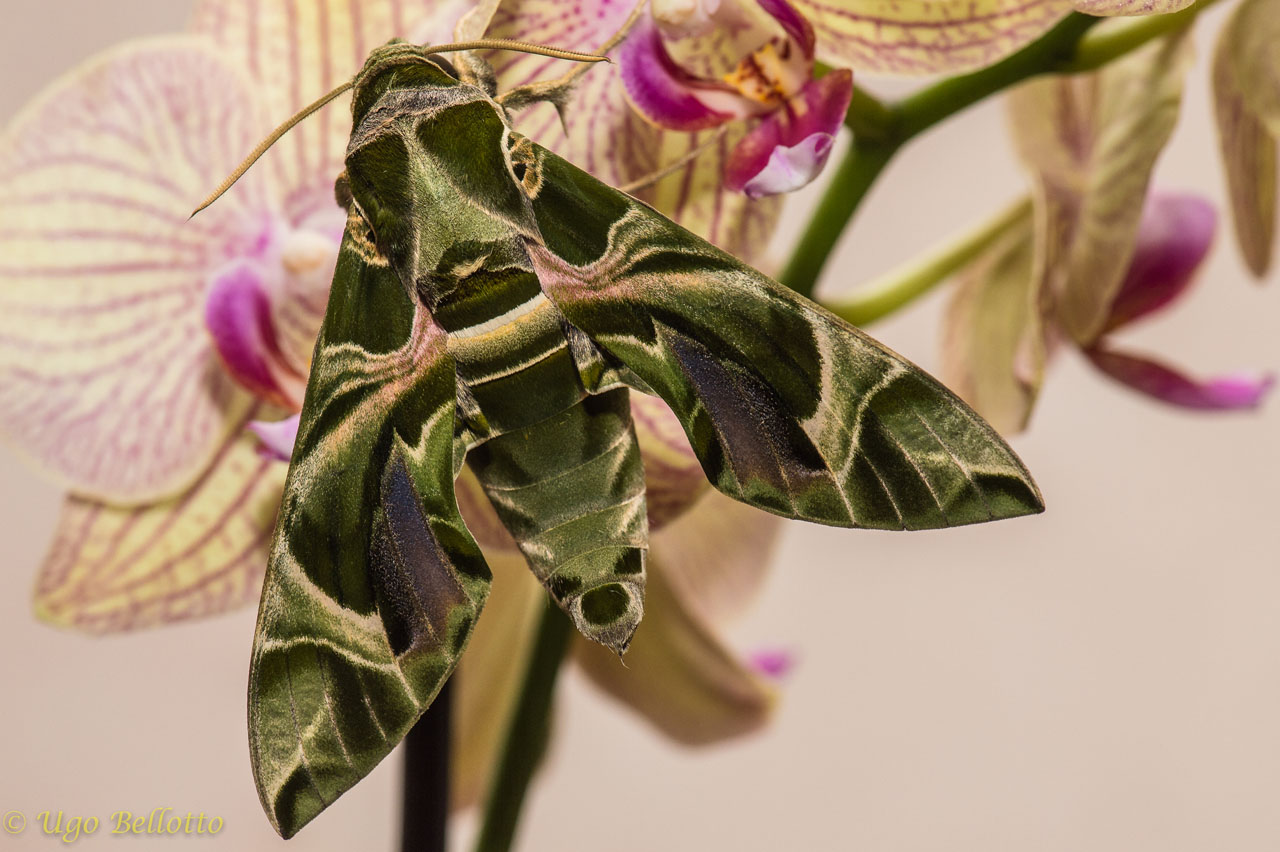
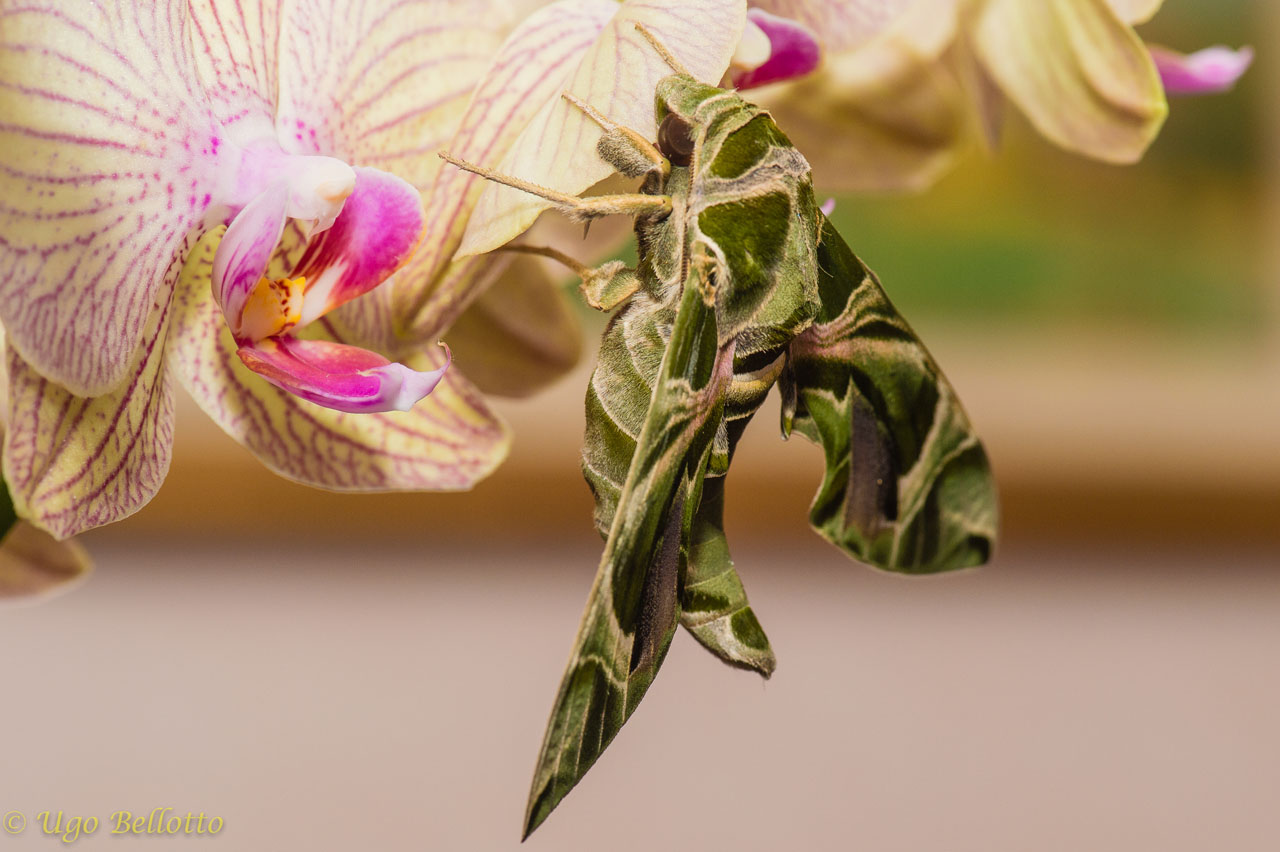
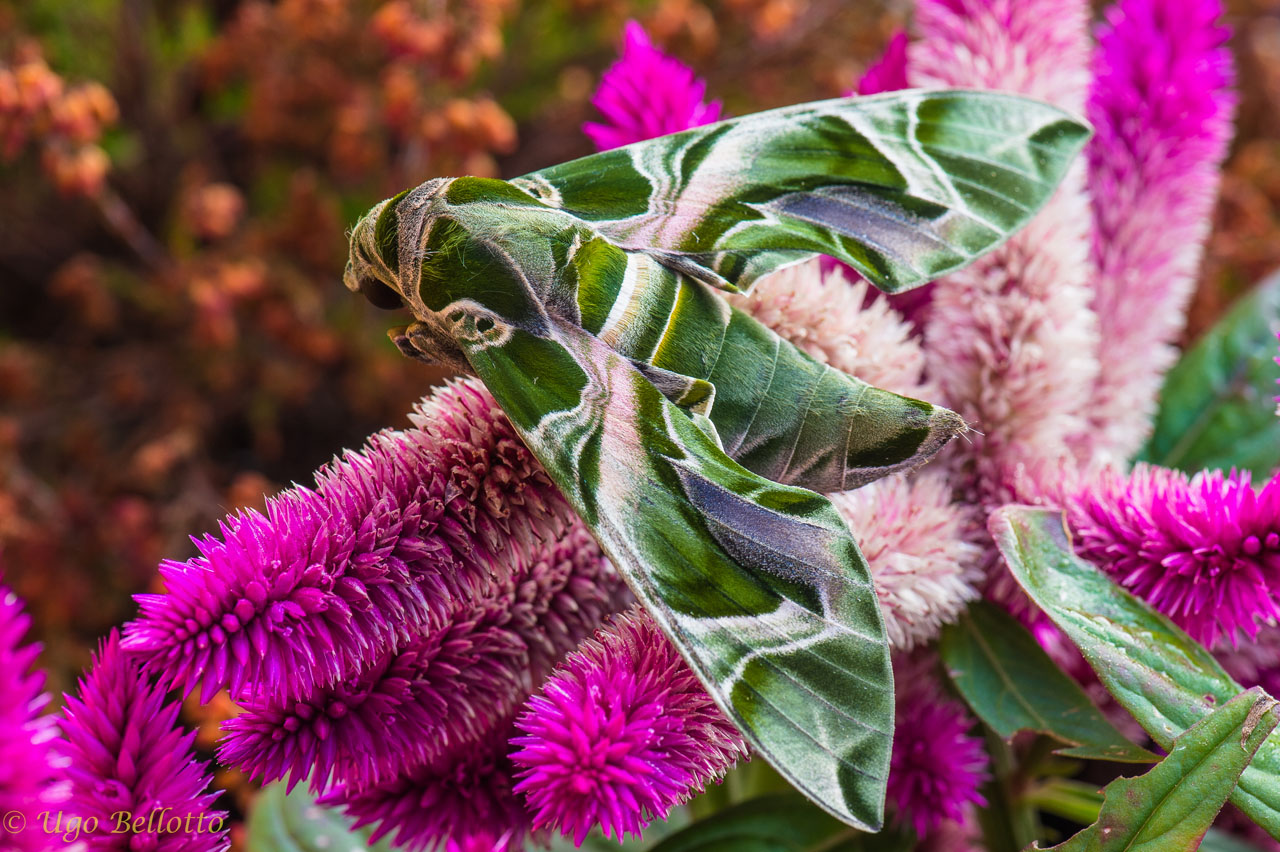
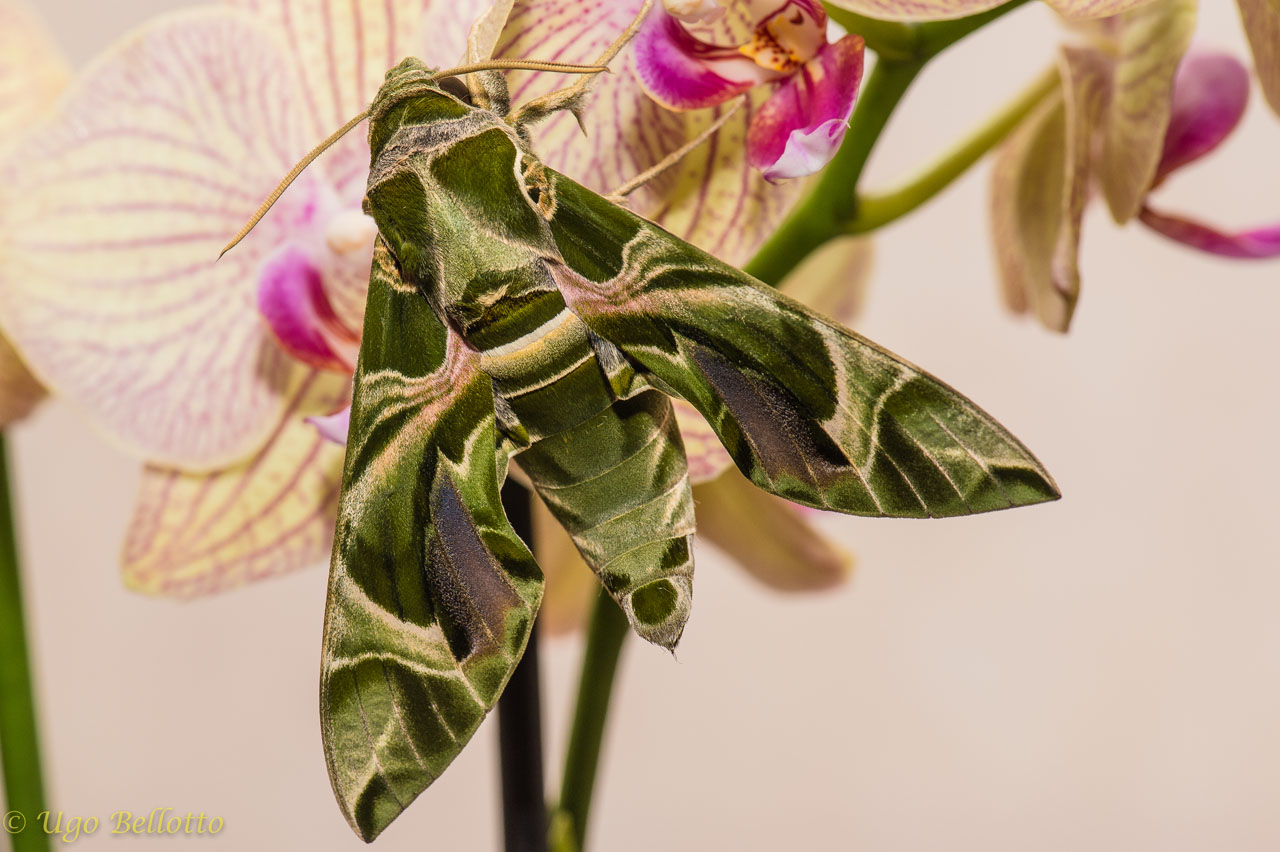

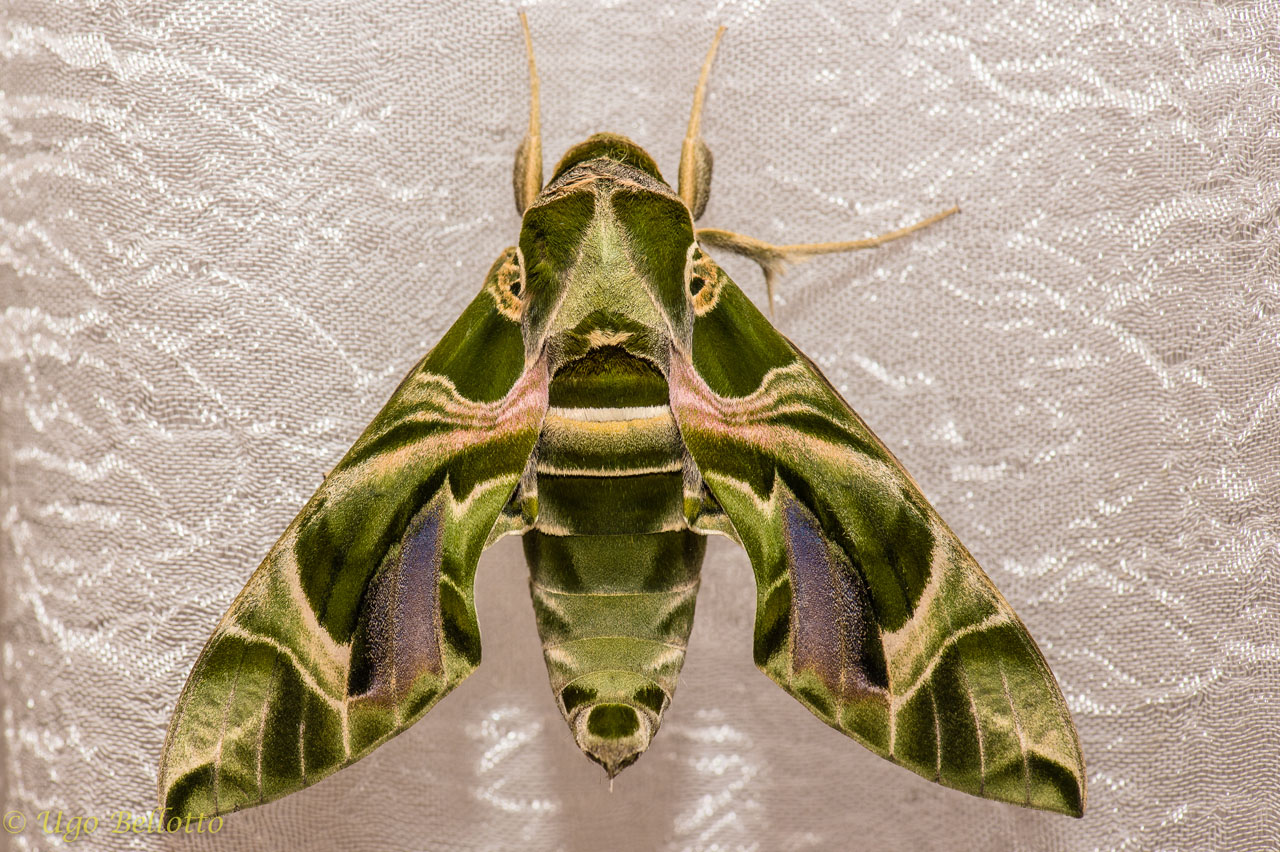

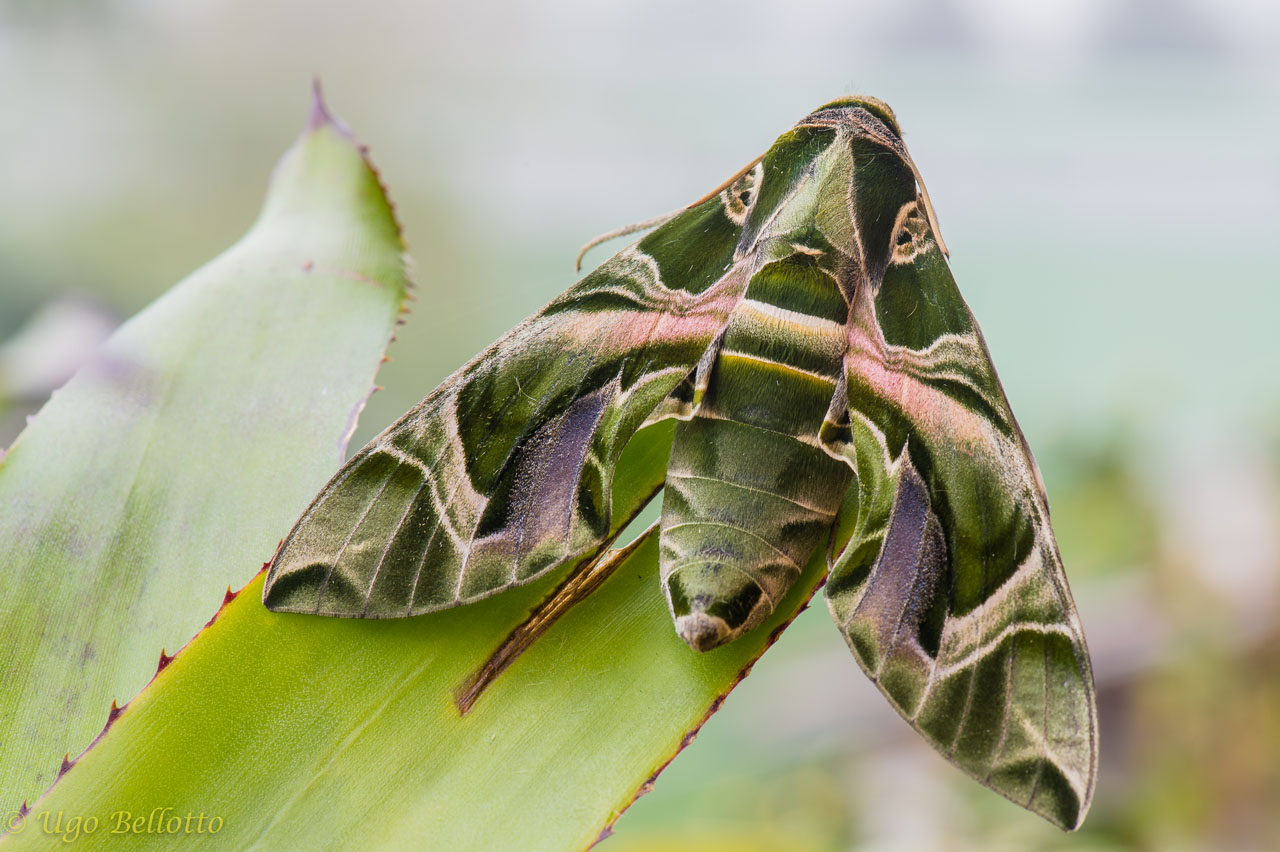
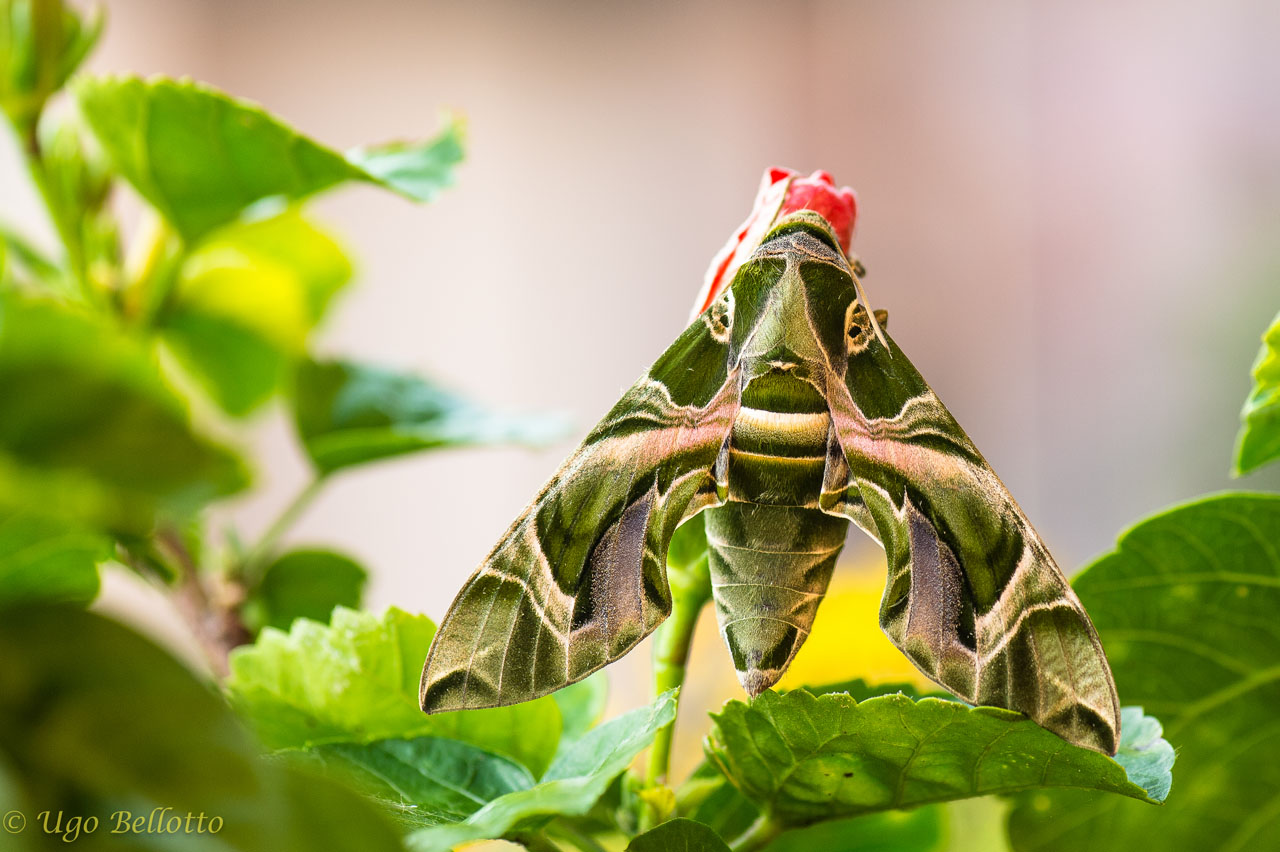
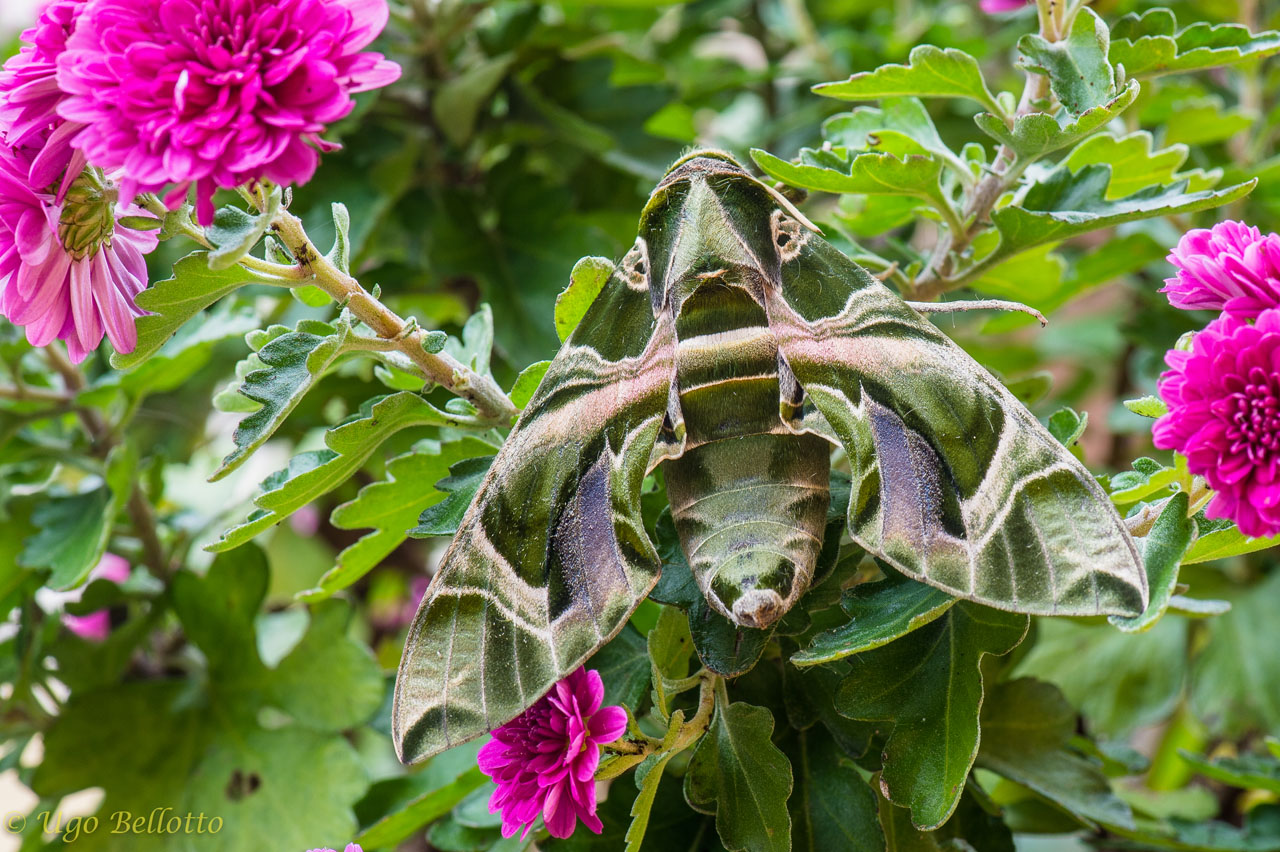
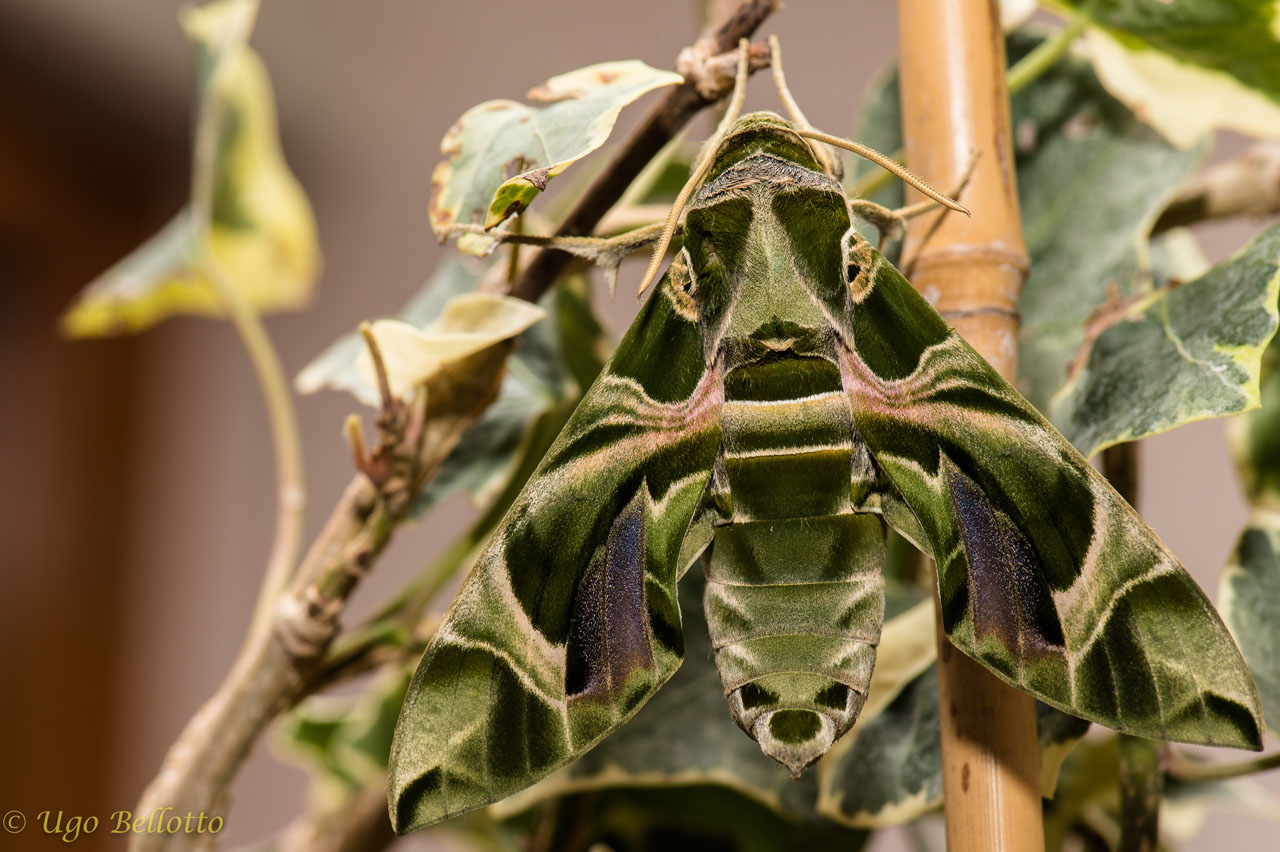
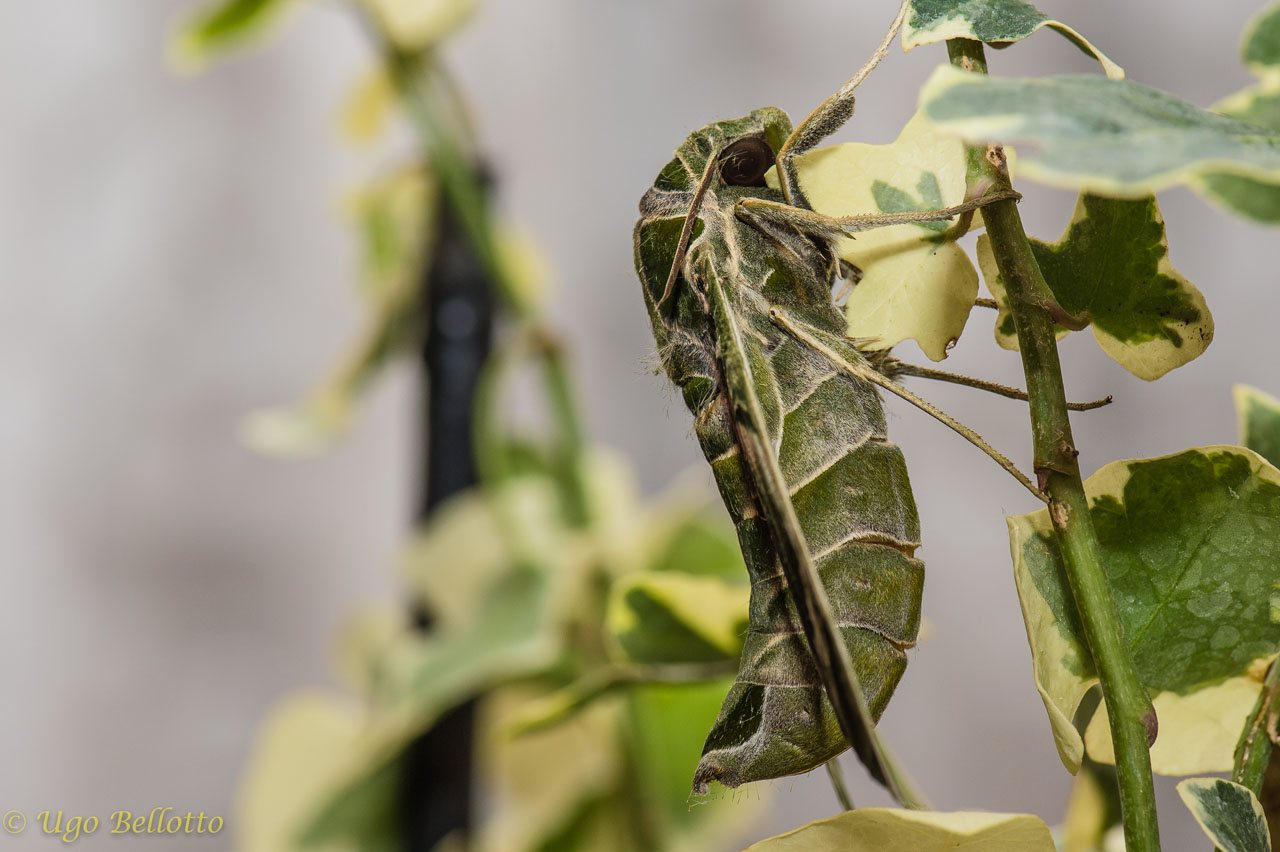
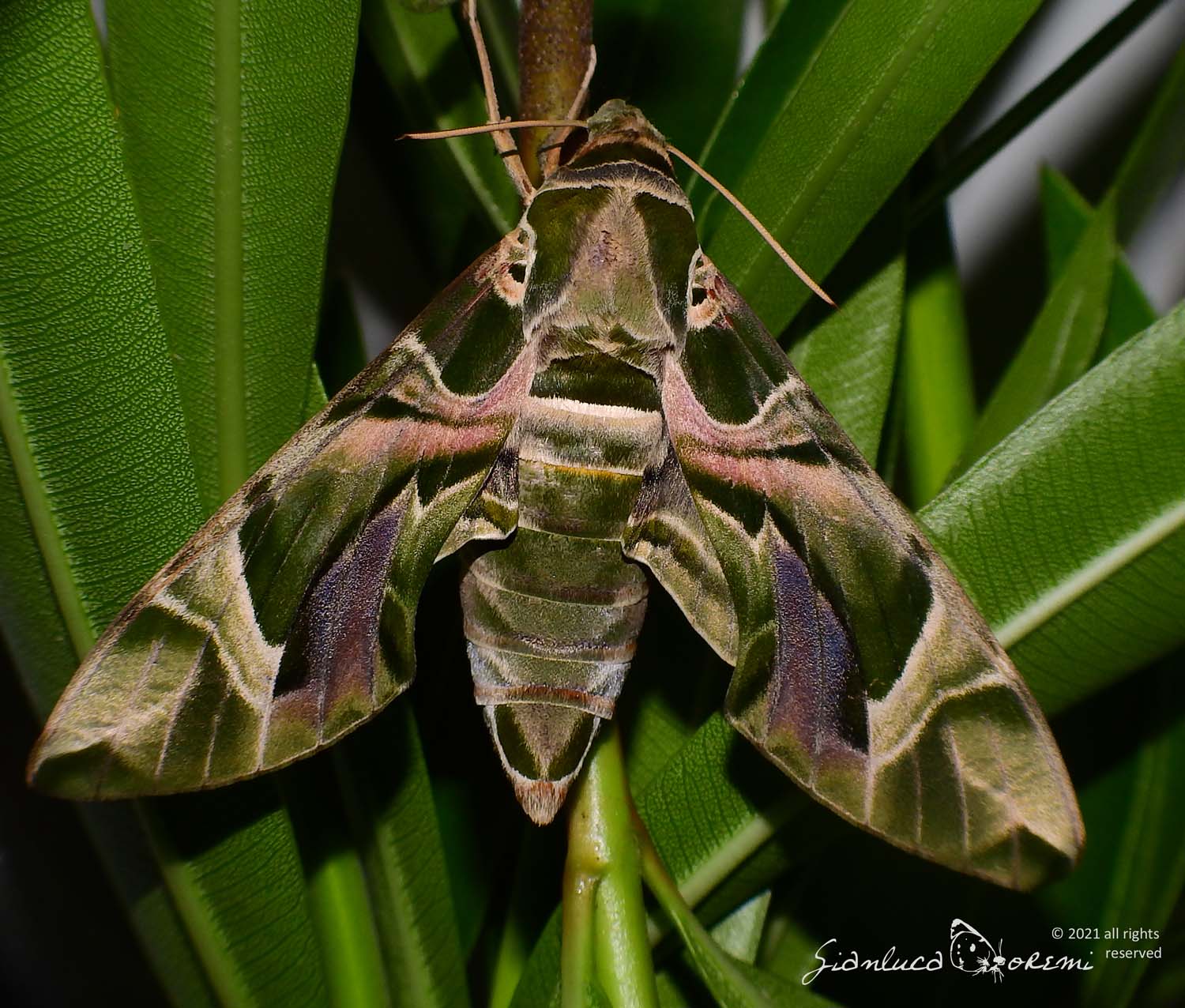

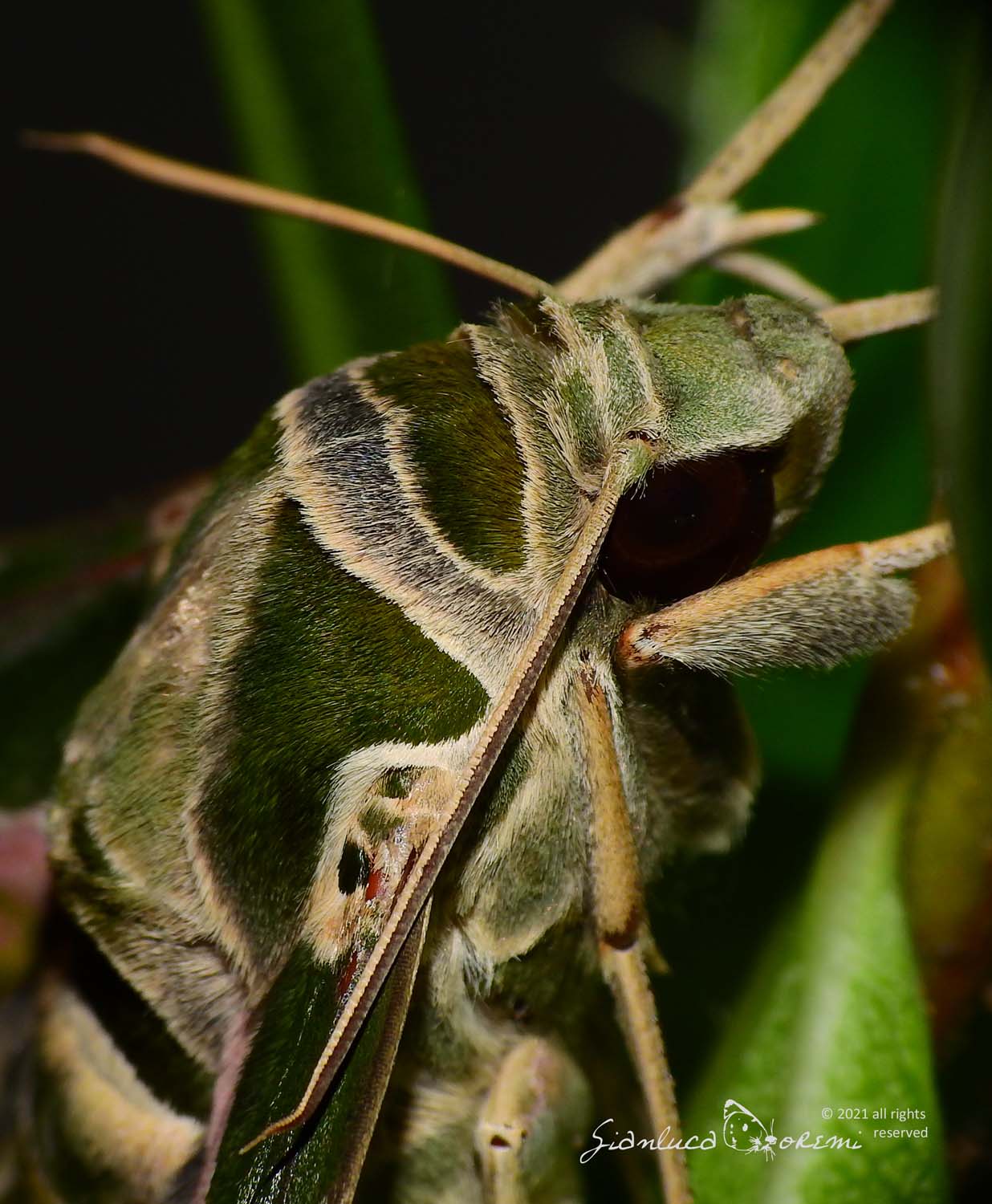

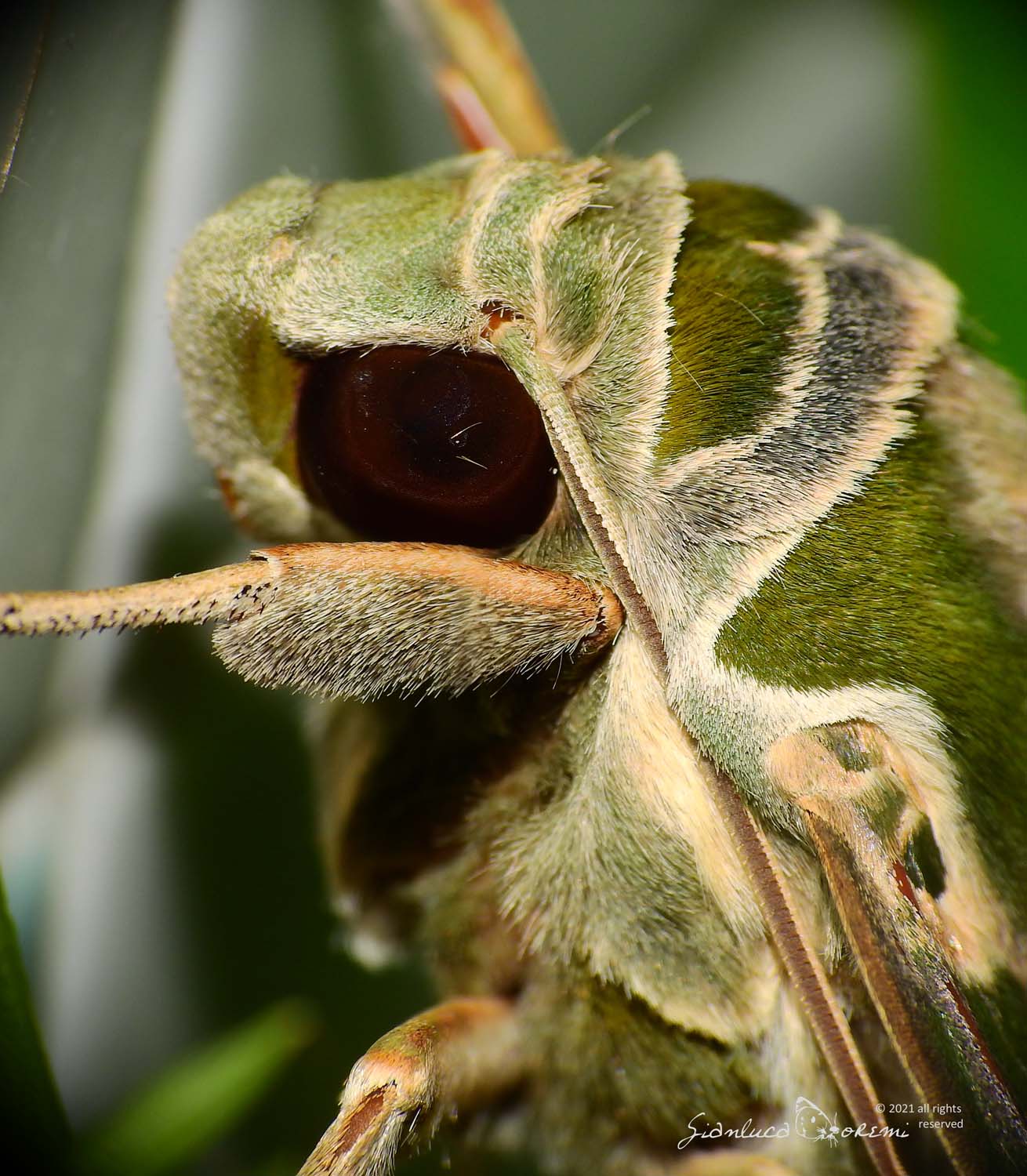
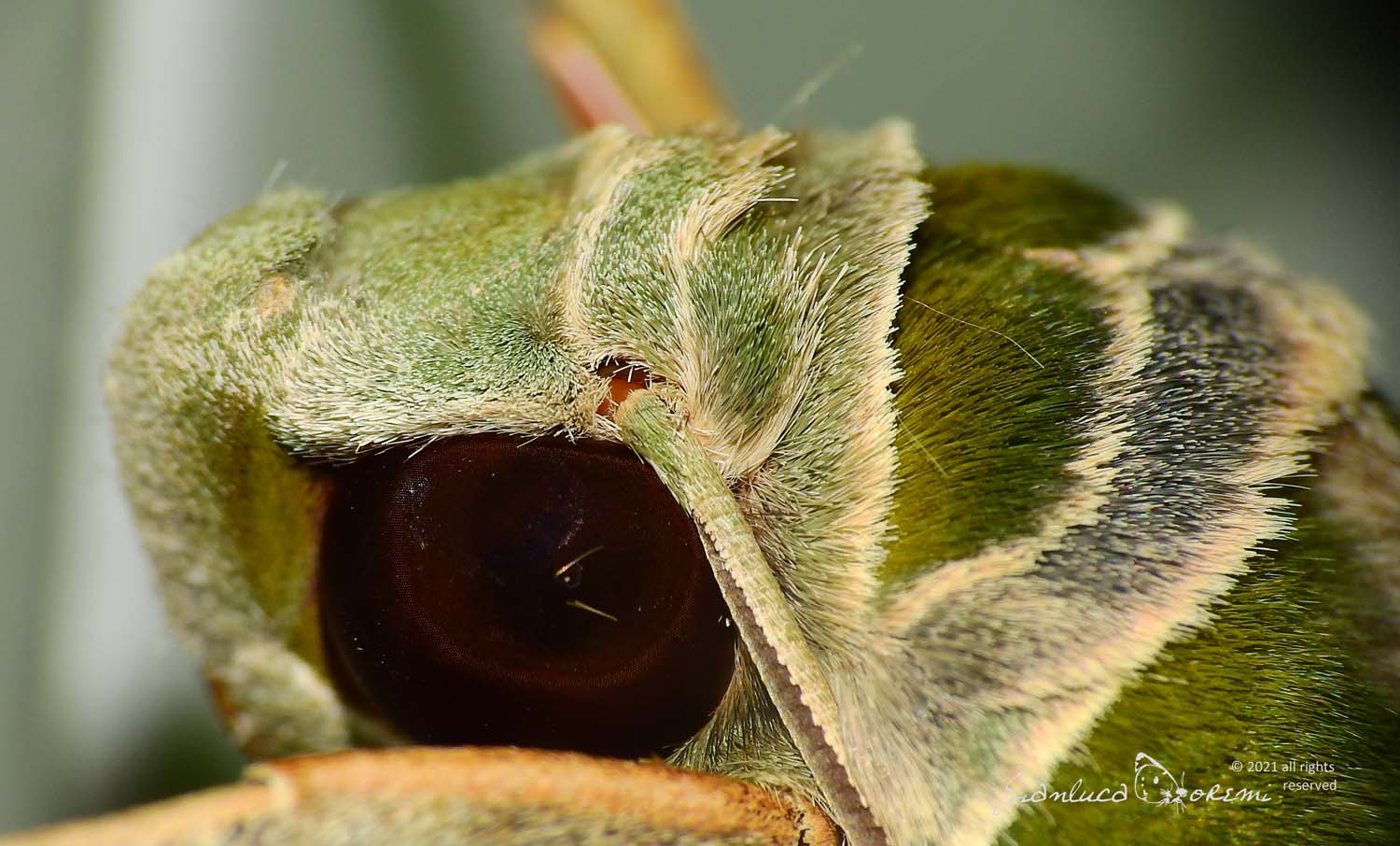

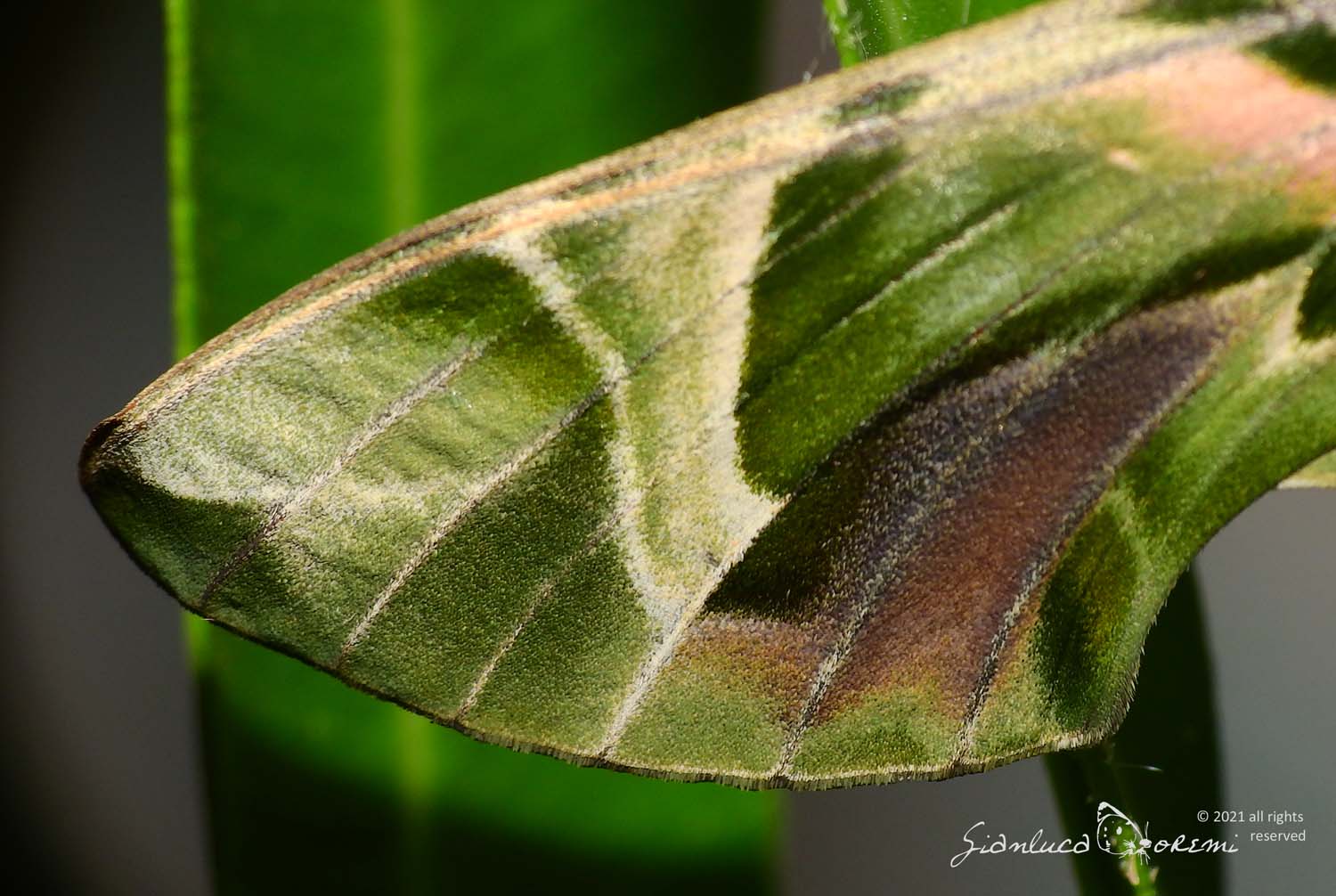

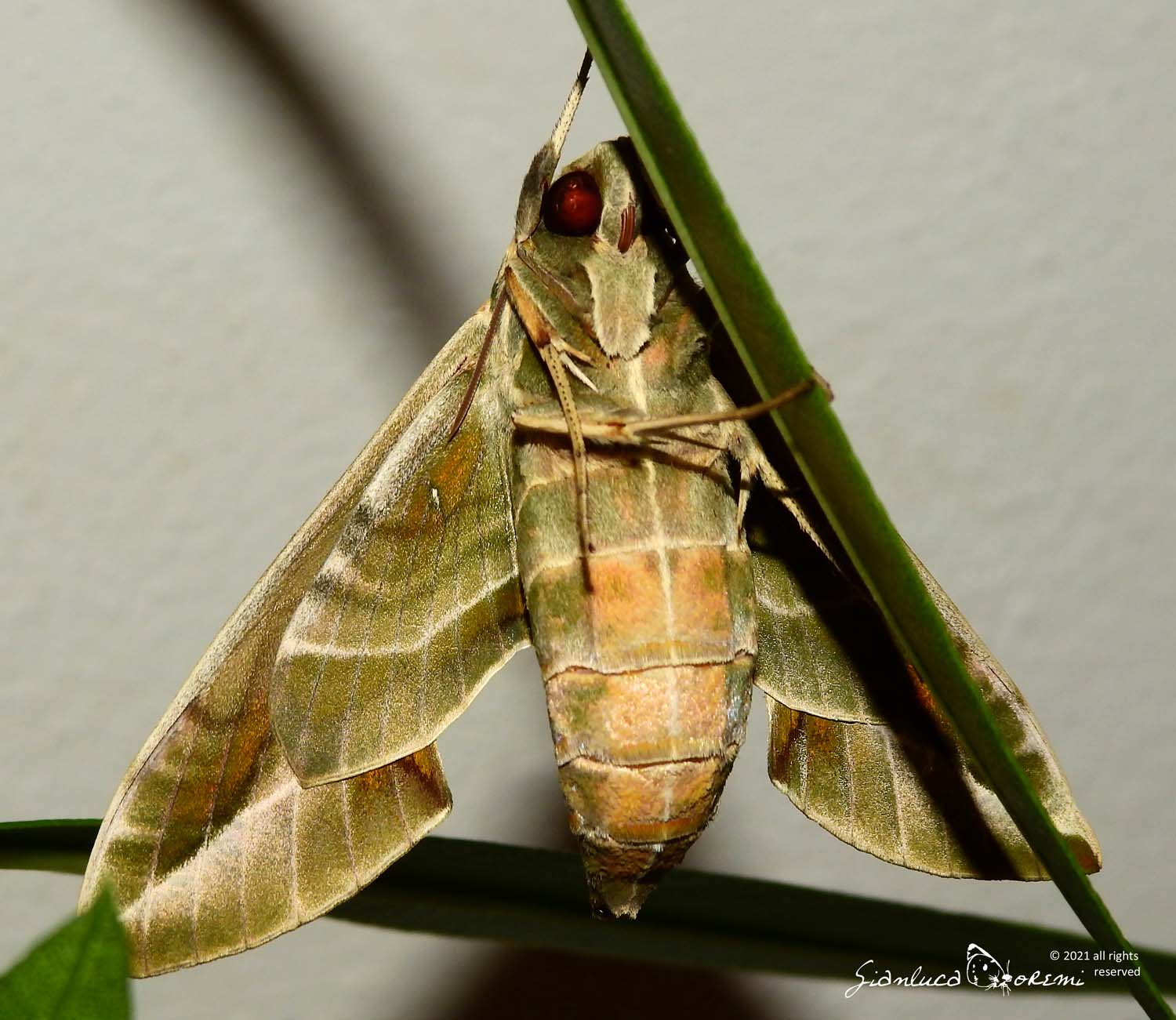
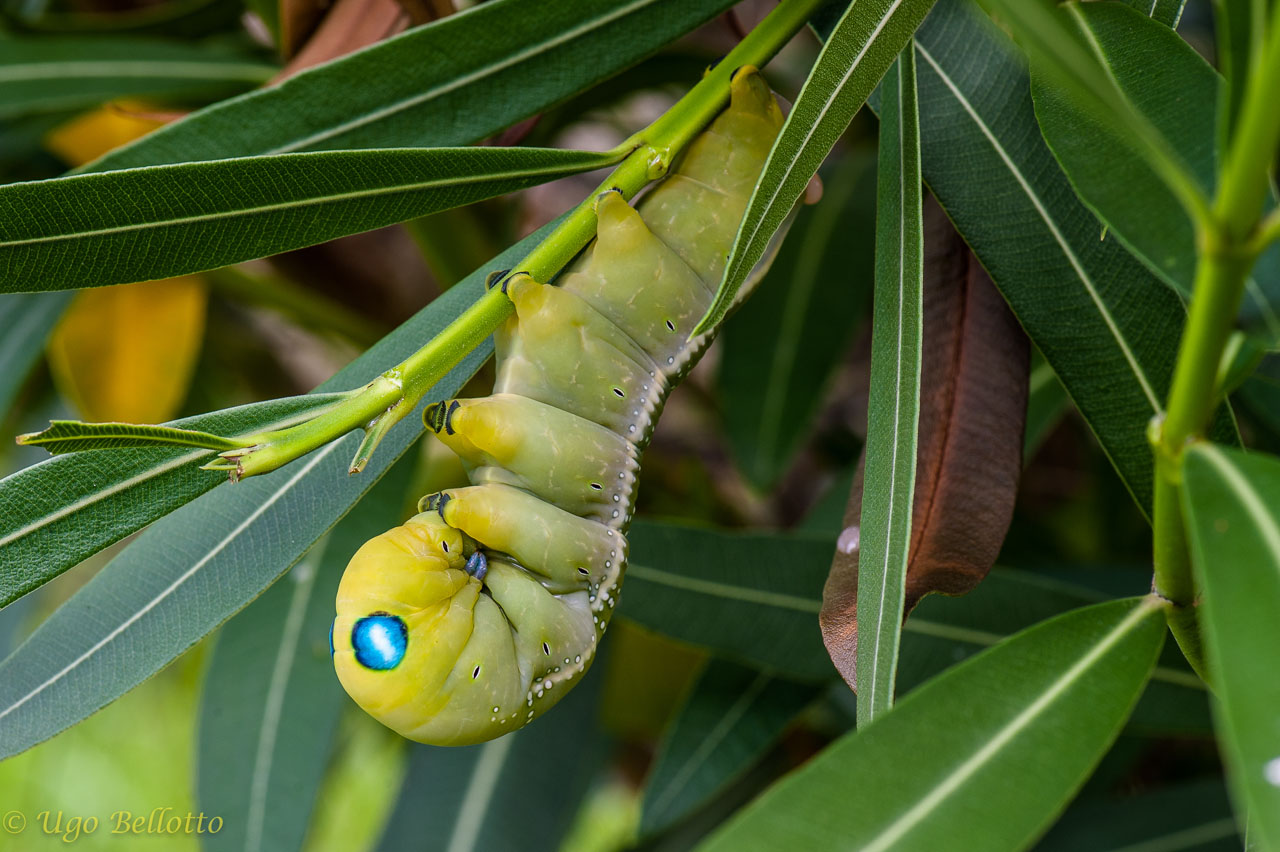


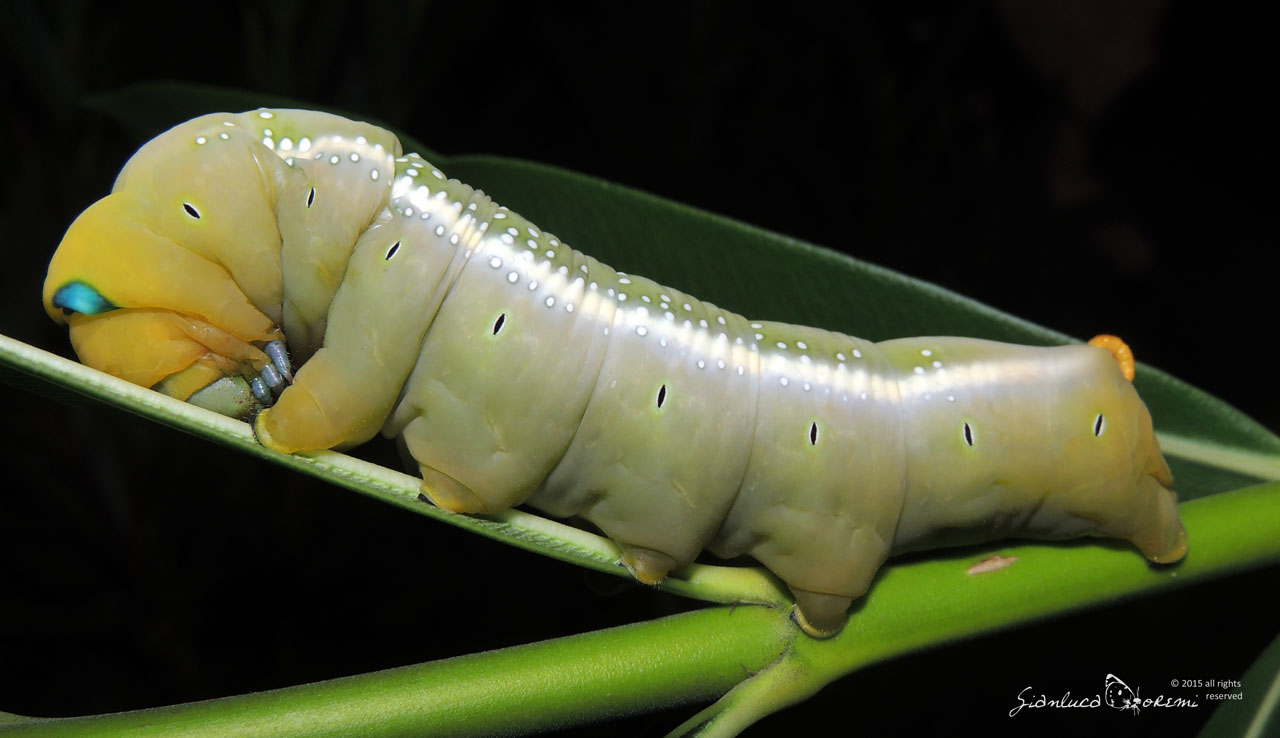
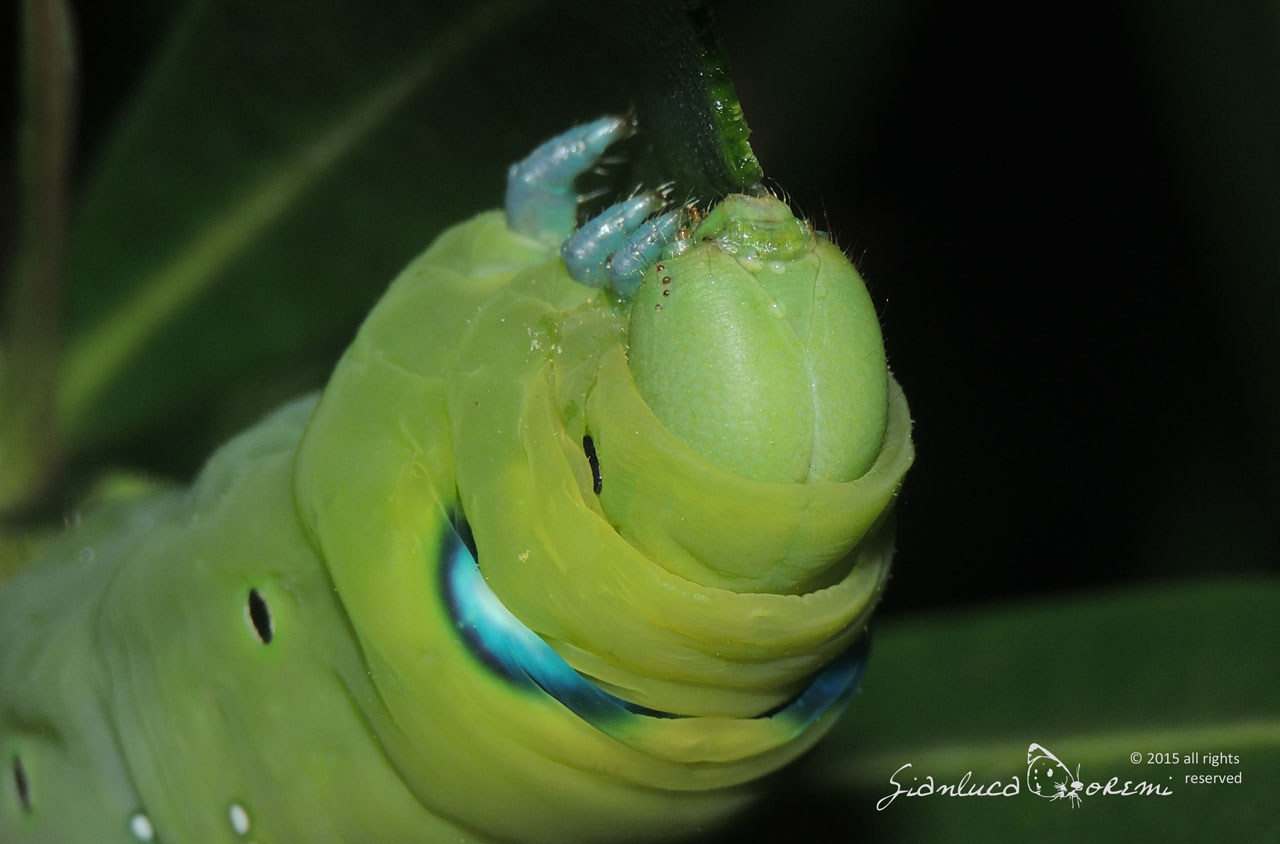
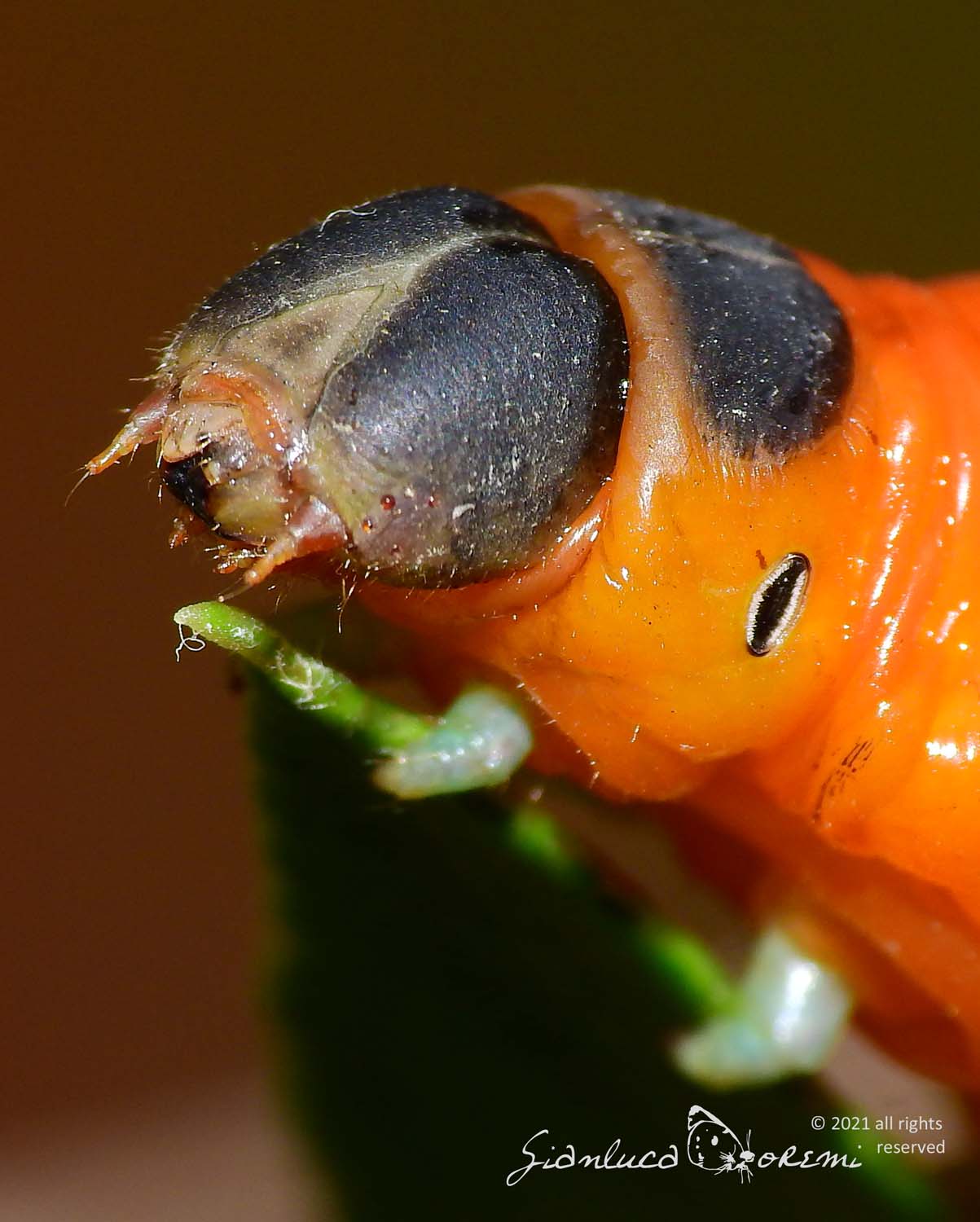
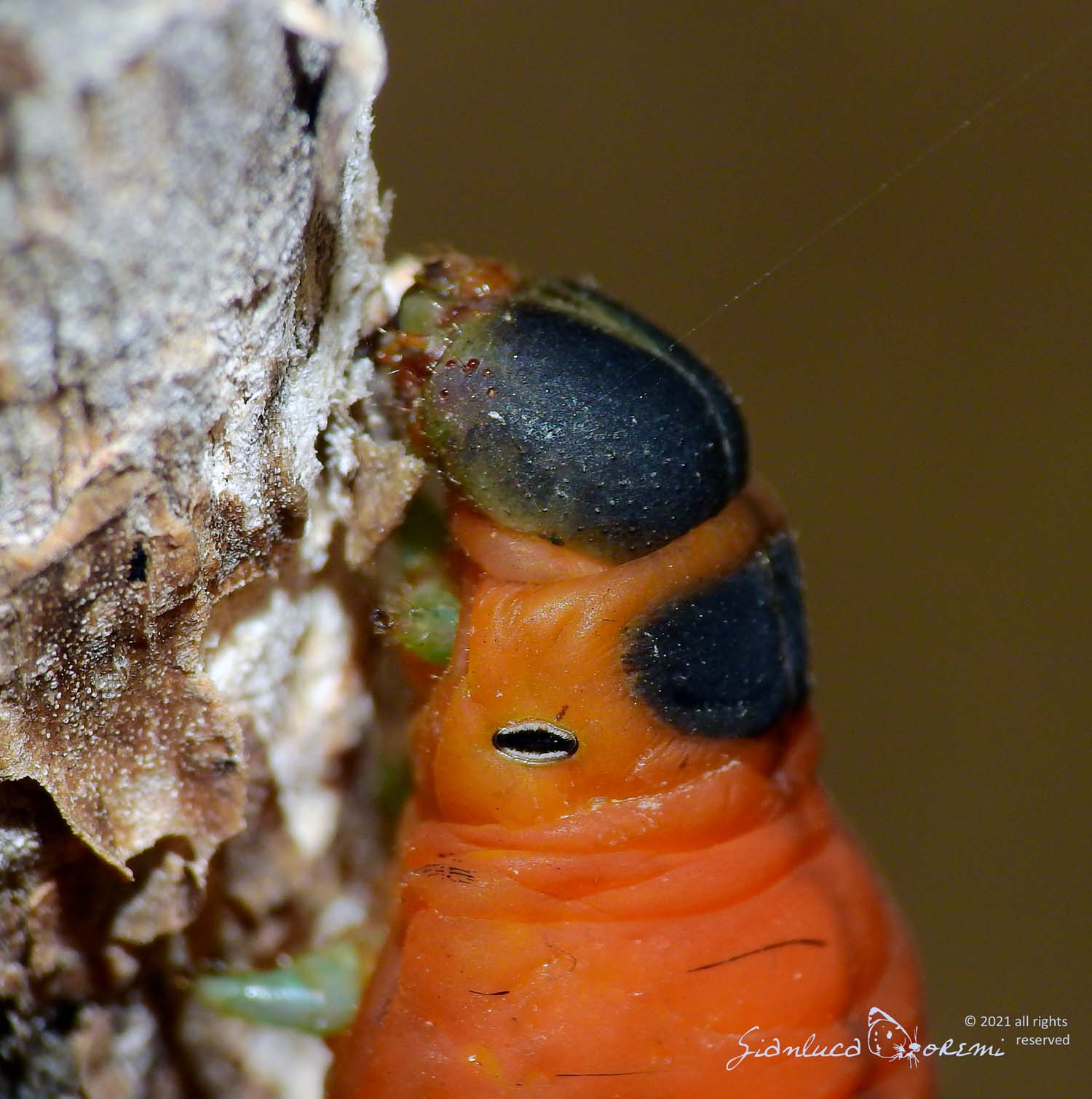
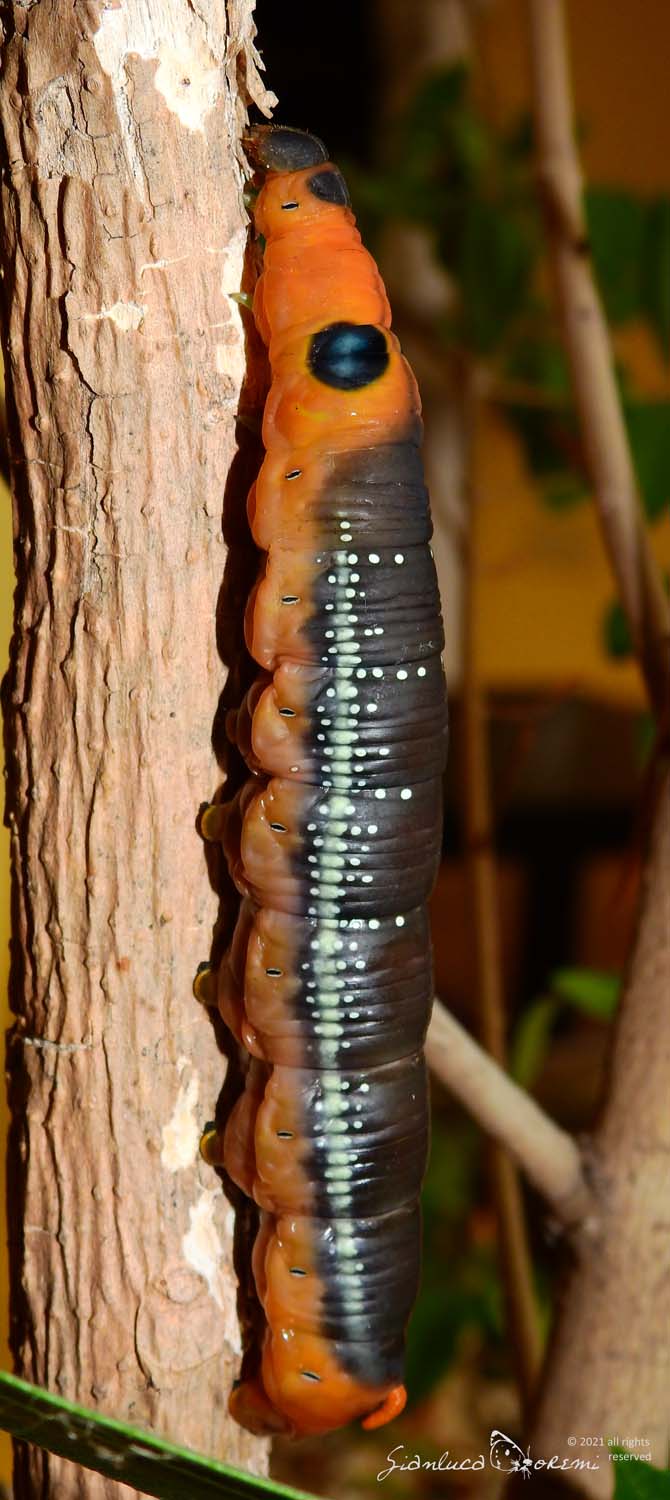
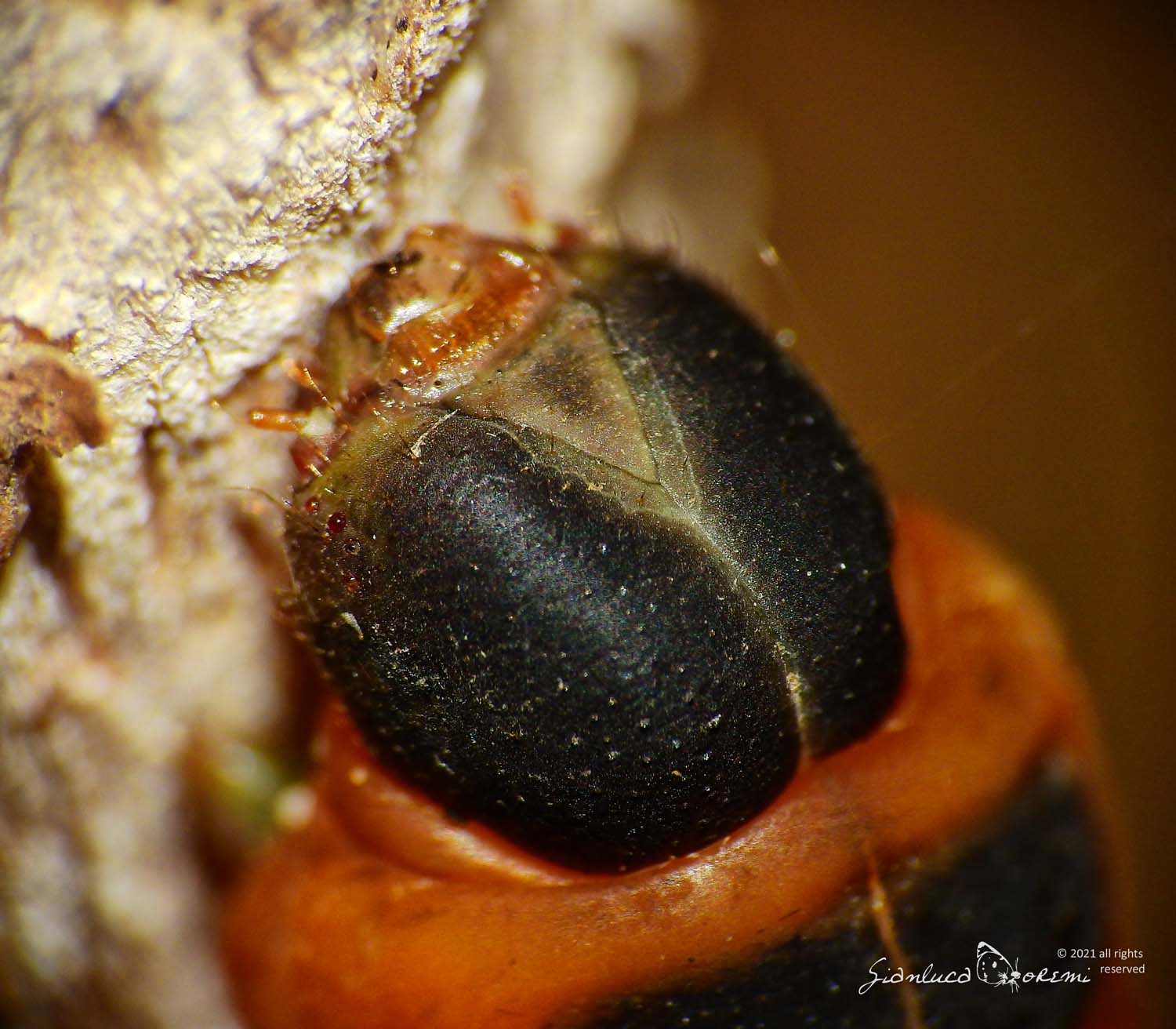

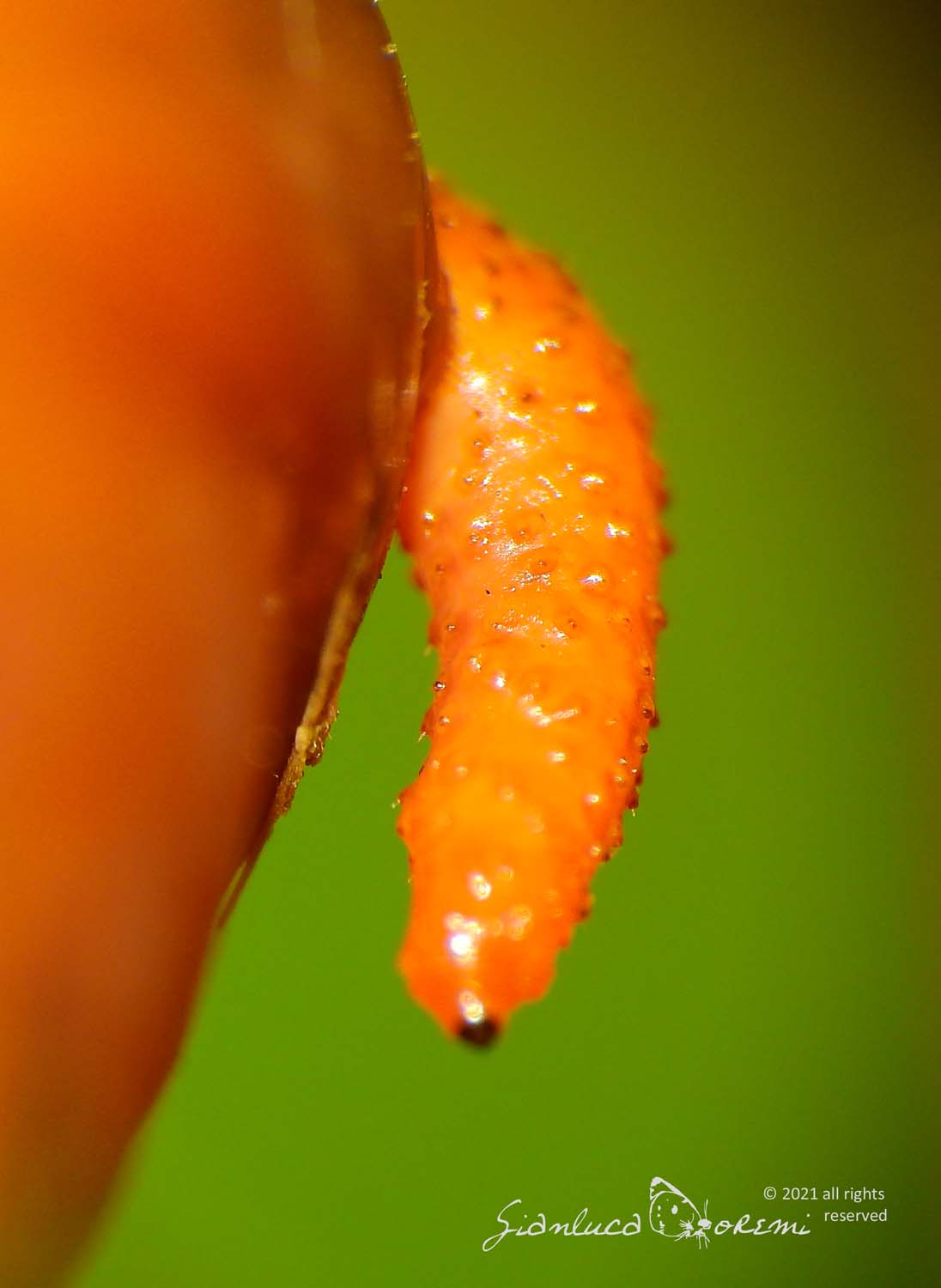
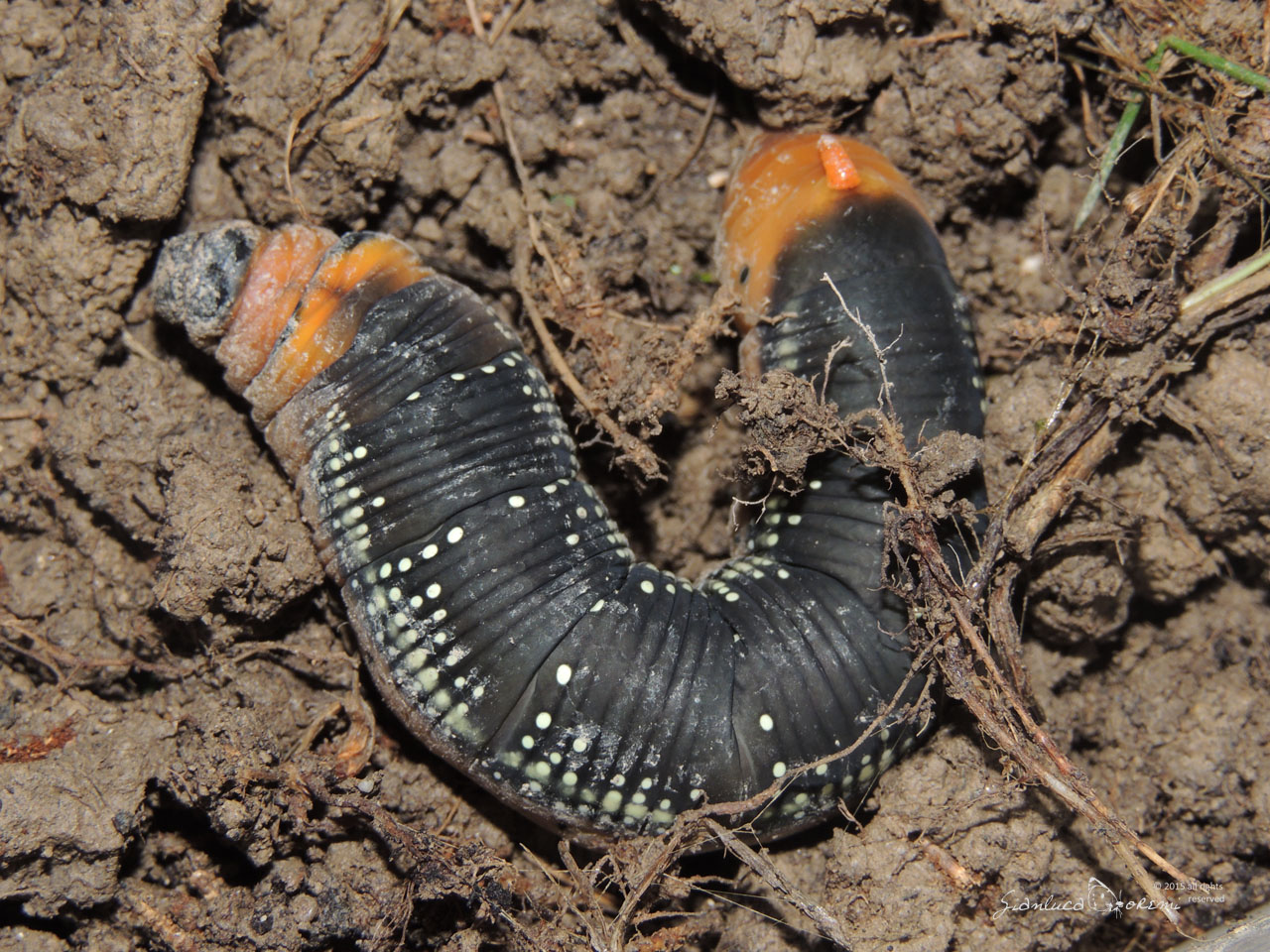
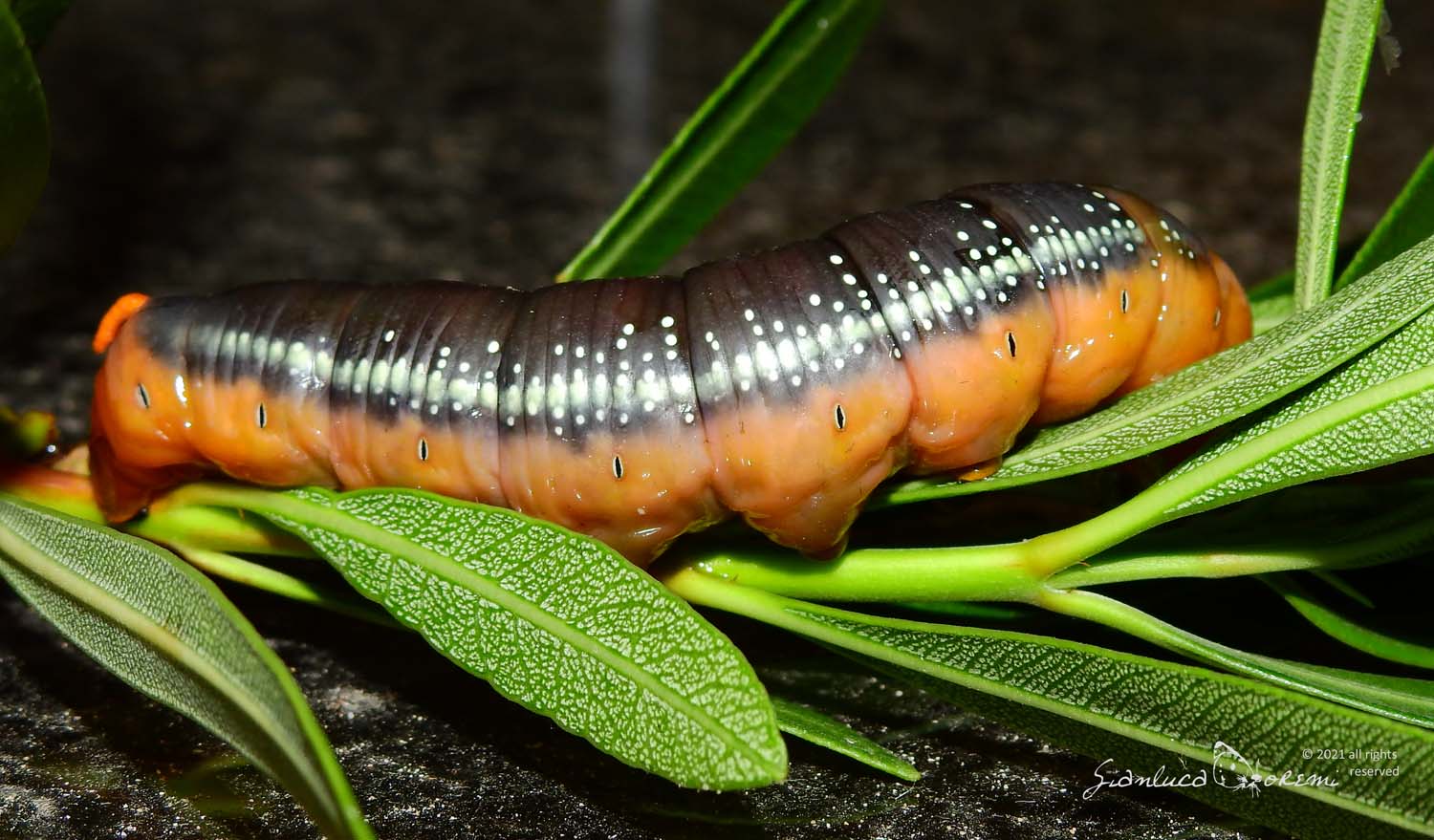
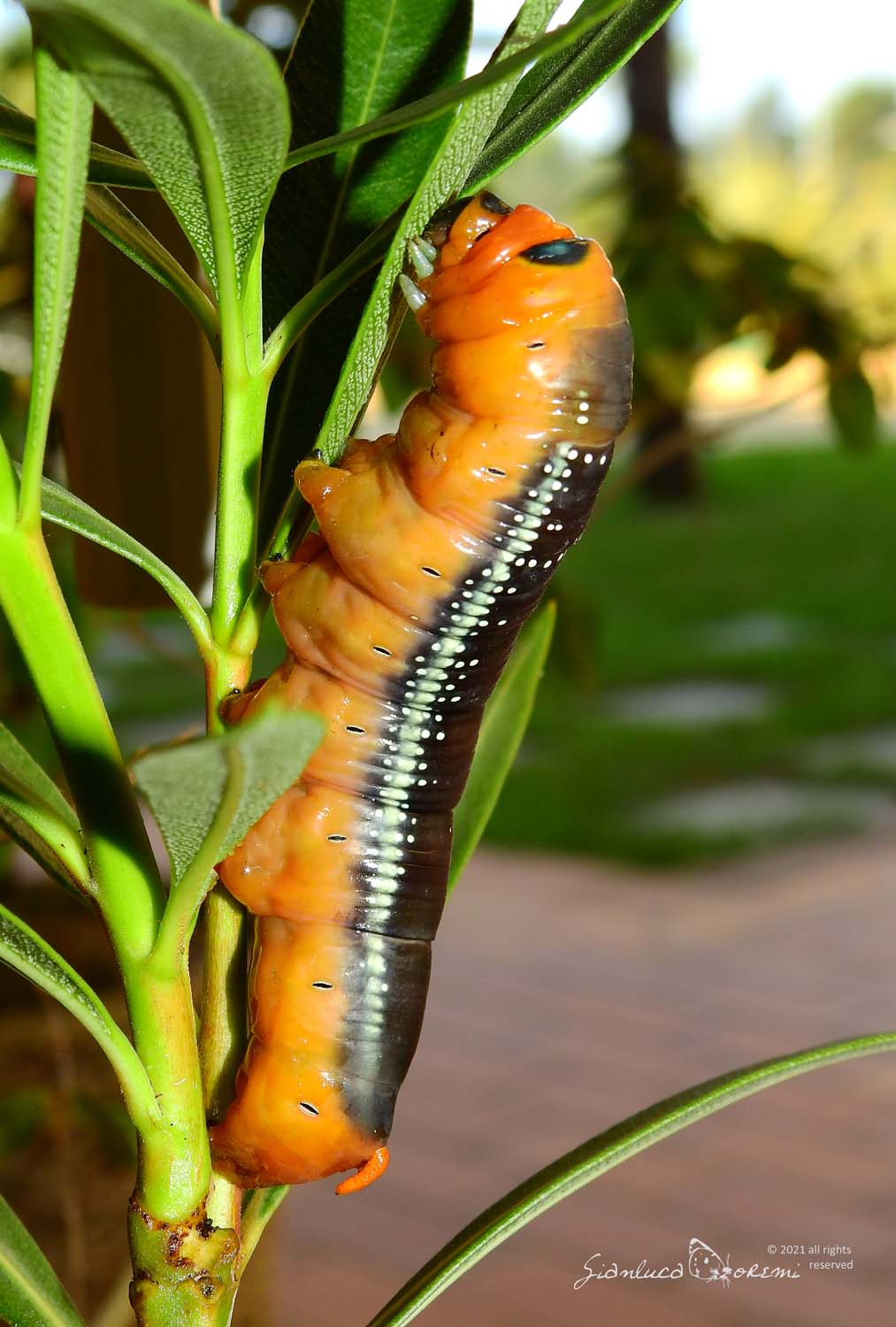
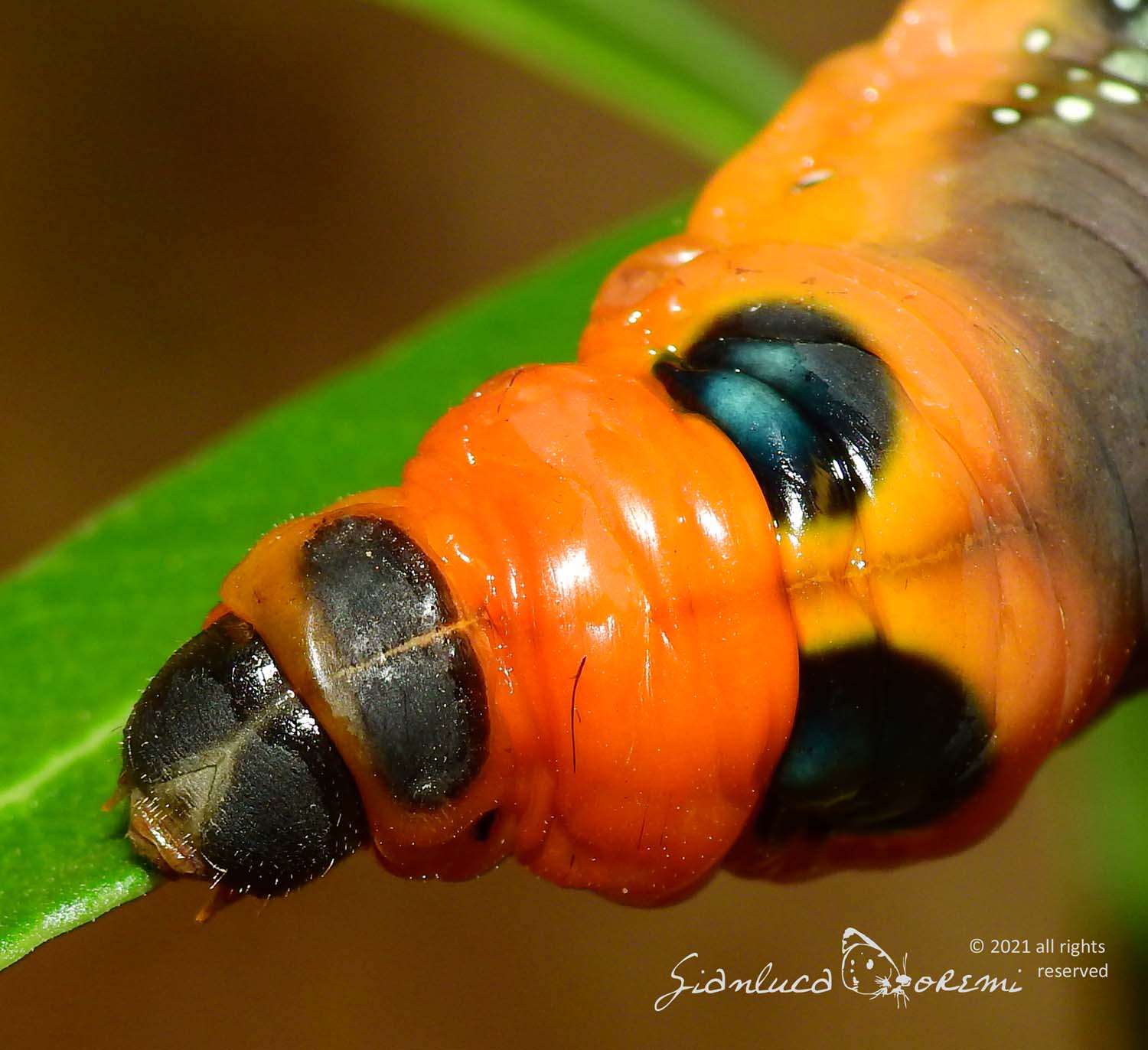
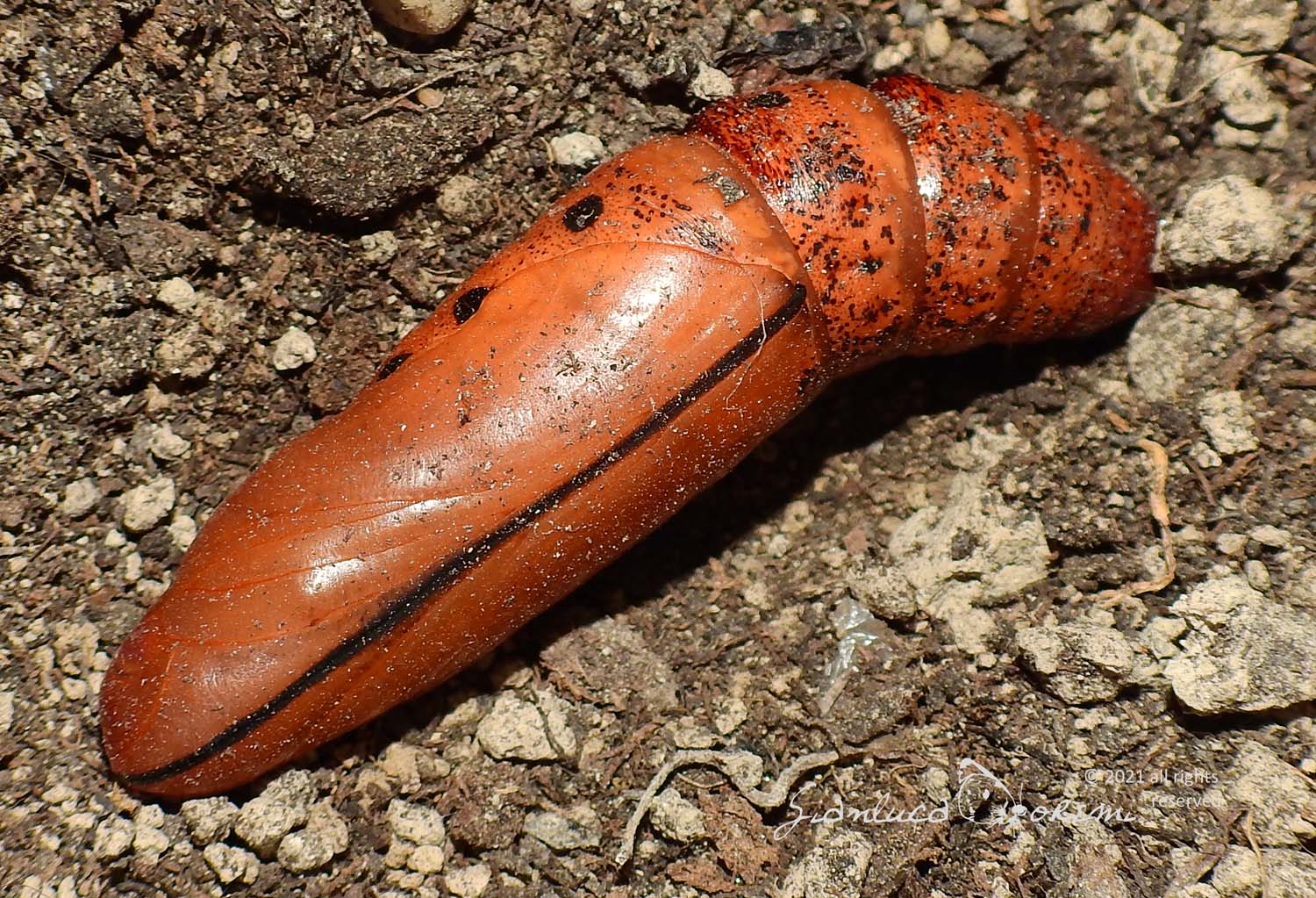
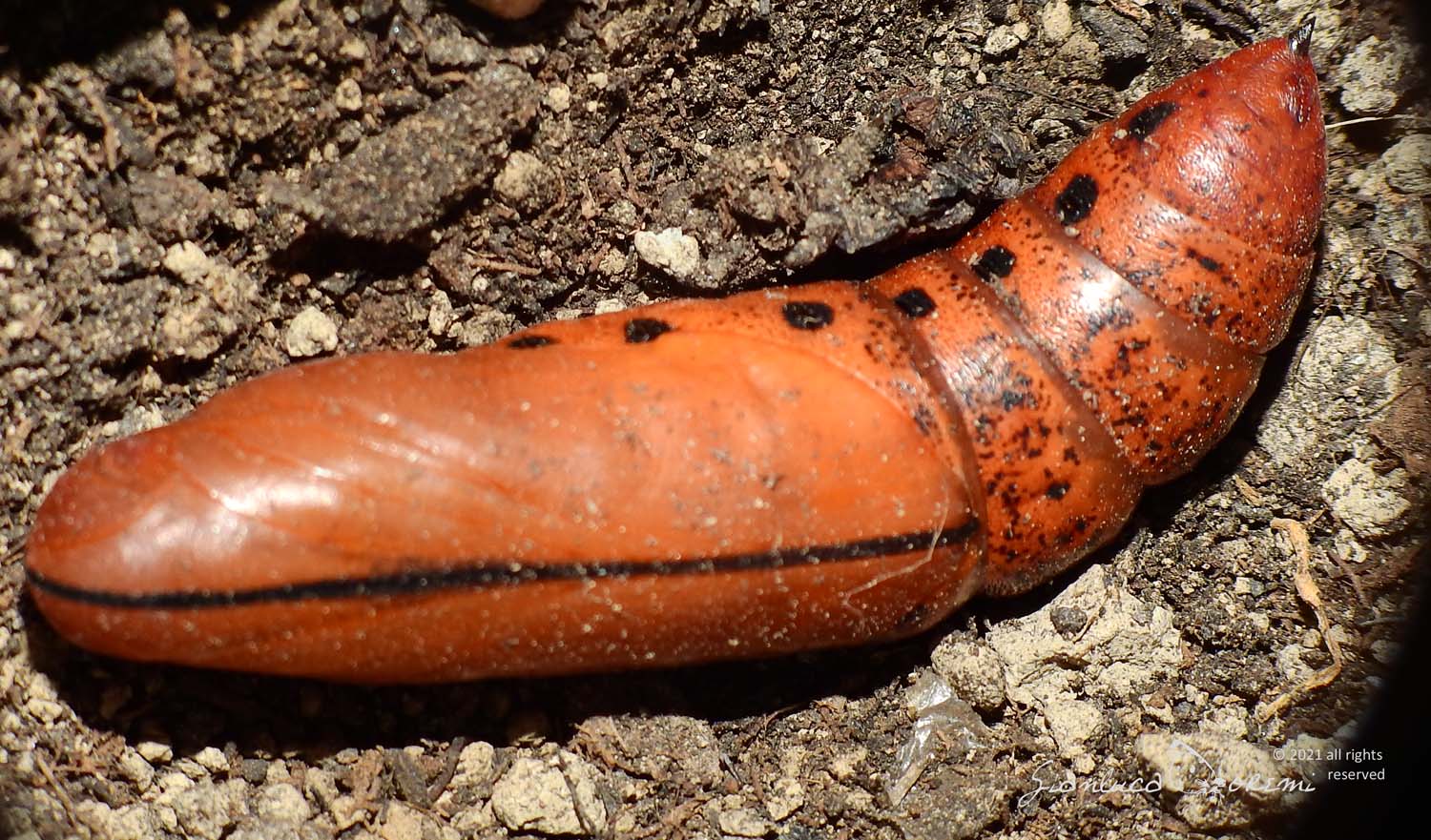
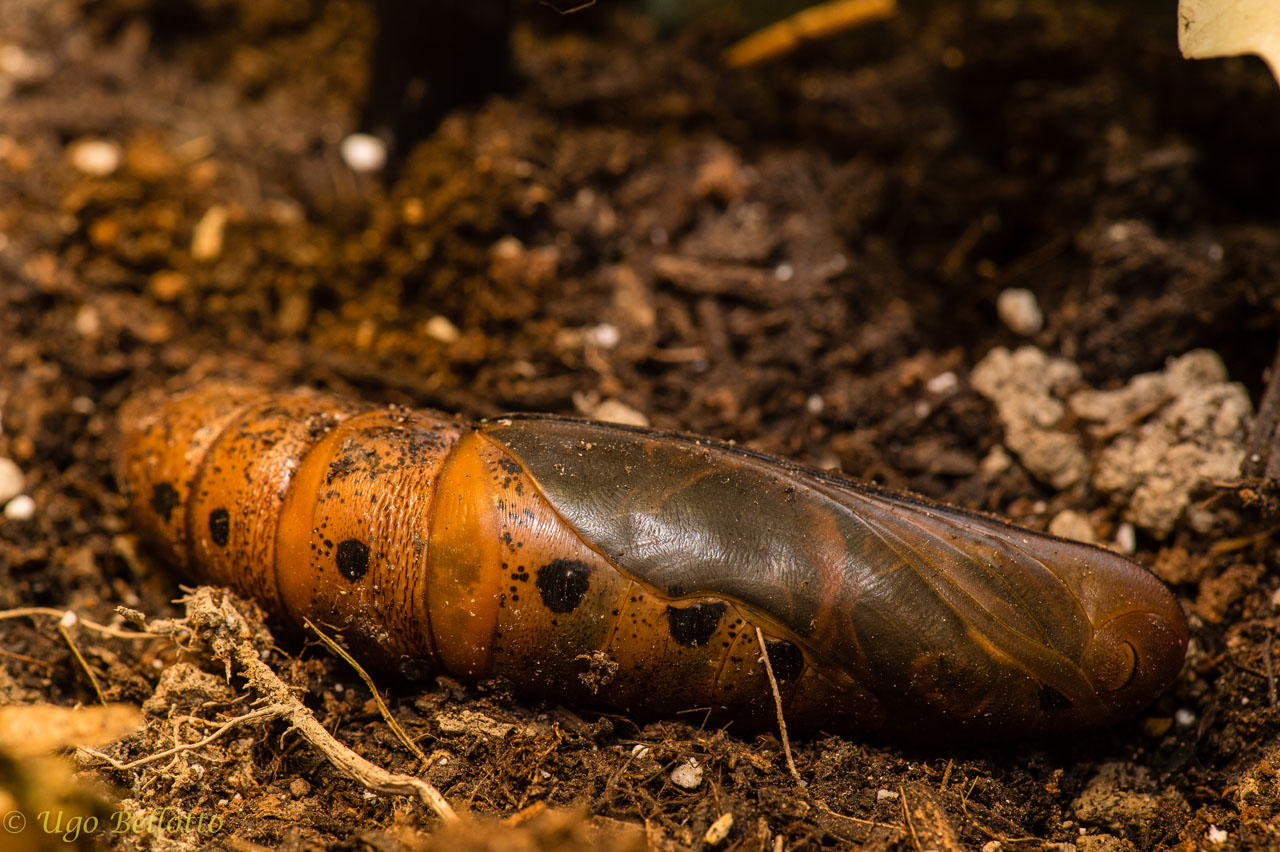
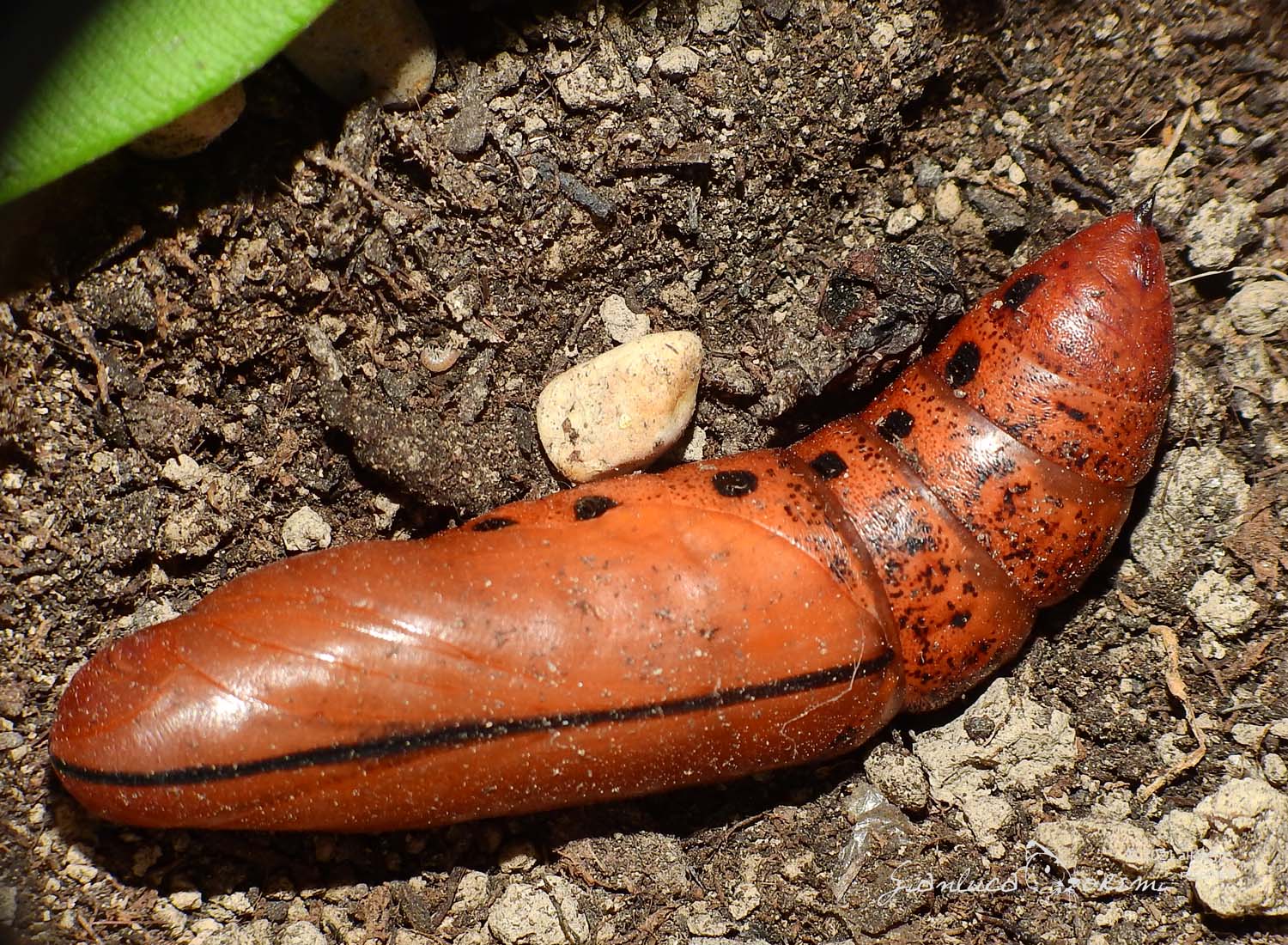

 EN
EN ITA
ITA
Social and publications